Unveiling The Hidden Gems: 40+ Surprising Facts About Hawaii You Need To Know
Hawaii is a pretty state with gorgeous white beaches. It’s called the Aloha State, and it’s one-of-a-kind because it’s only made up of islands. There are eight big islands in the middle of the Pacific Ocean. Even though not many people live there, Hawaii gets more visitors than most states. Learning cool stuff about Hawaii can make it easier for tourists to have fun while visiting. Check out some of the fun facts about Hawaii and its customs below!
In Hawaii, People Commonly Greet Each Other By Giving Hugs
One of the fun facts about Hawaii is that they greet each other with a smile. They exchange farewell hugs. They embrace to say “I love you,” “I’m sorry,” “Good to see you,” and “Thank you.” One of the fun facts about Hawaii is that they greet each other with a smile. They exchange farewell hugs. They embrace to say “I love you,” “I’m sorry,” “Good to see you,” and “Thank you.”

They even use hugs to express different emotions like love, apology, gratitude, and happiness. It’s a beautiful way to show how much they care about each other and spread positive vibes. So, if you ever visit Hawaii, be ready to give and receive some awesome hugs!
Hawaii Is The Only State In The U.S. Where Coffee Is Grown
If you’re a coffee lover, you’ve got to try Kona Coffee from the Hawaiian Islands! You might think it’s only grown around the town of Kona on the Big Island, but it’s actually produced in other parts of Hawaii, too.
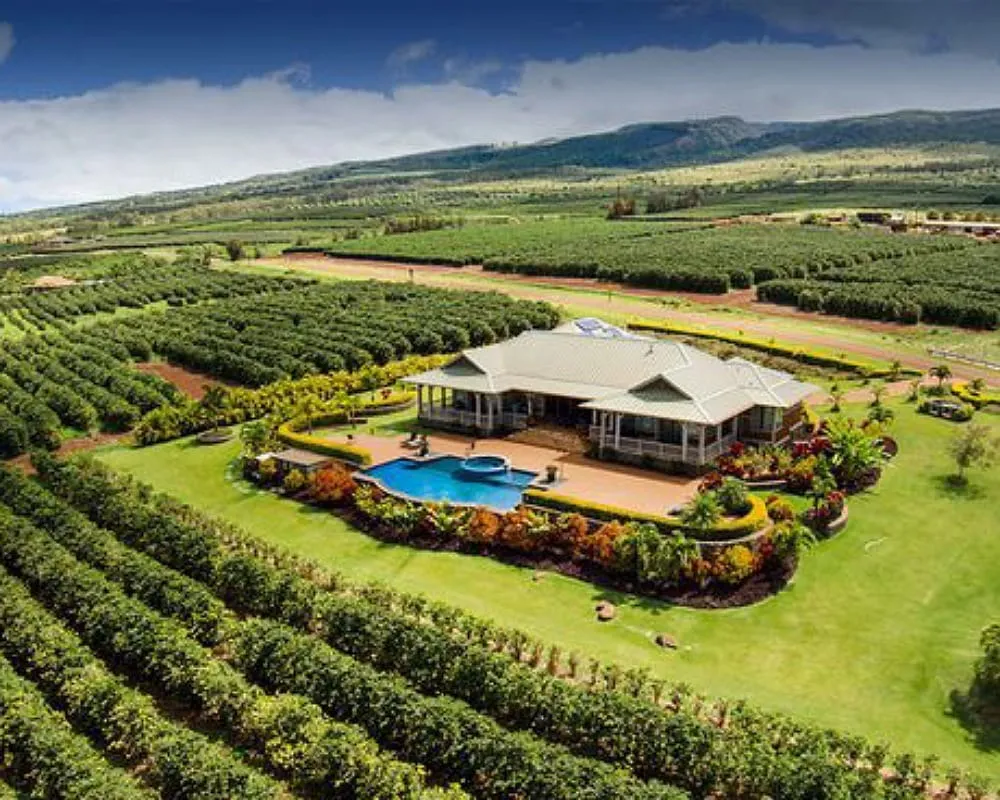
Kona is located on the leeward side of the island, which means it’s sheltered from hurricanes. The temperature on each side of the island is controlled by the central volcano – the peak collects clouds and directs wind, so the rain falls on one end of the island while the other stays dry. This unique weather pattern makes Kona Coffee taste amazing and sets it apart from other types of coffee.
Hawaii's Flag Is Special Because It's the Only U.S. Flag With A Different Country's Flag On It
Hawaii’s flag is super neat; it has eight stripes in white, red, and blue that stand for each of the eight major Hawaiian Islands. There’s also a Union Jack in the top left corner.
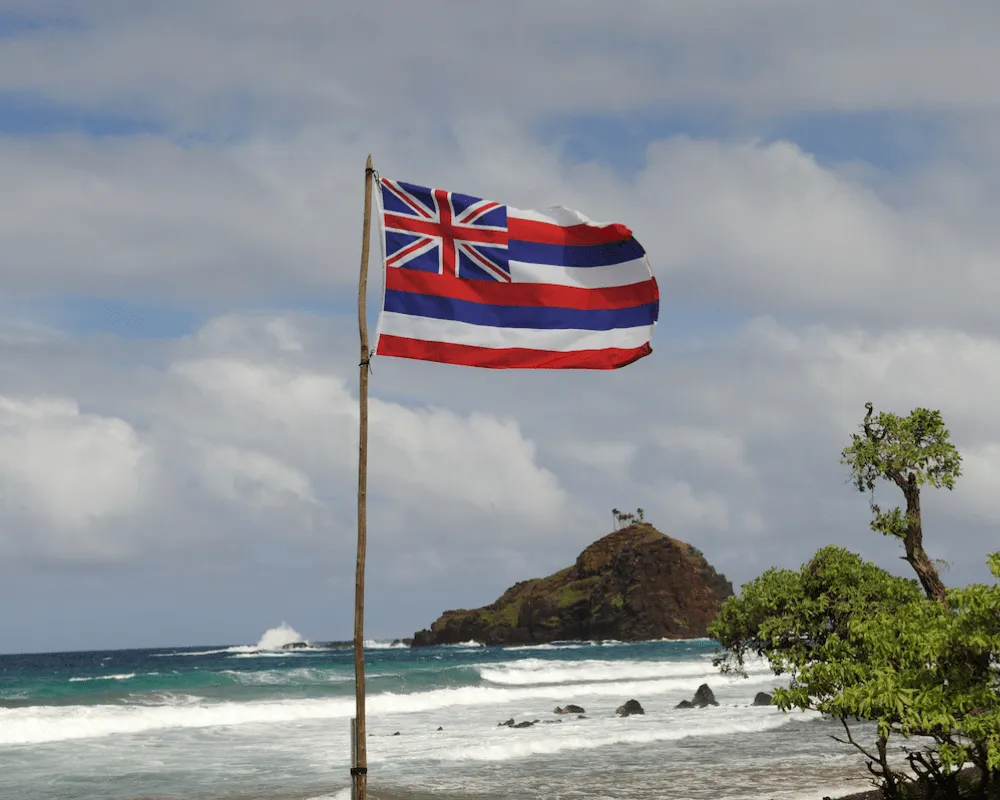
The Union Jack represents the special bond between the United Kingdom and Hawaii, while the stripes symbolize the friendship between the United States and Hawaii. It’s a beautiful design that shows how connected Hawaii is to both the U.K. and the U.S.A.
Hawaii Was The First State To Stop Using Plastic Bags
Hawaii is doing some awesome things to help the environment, like banning plastic bags in stores! In July 2015, Oahu (the biggest and busiest Hawaiian island) became the first state in the USA to completely stop using plastic bags in stores.
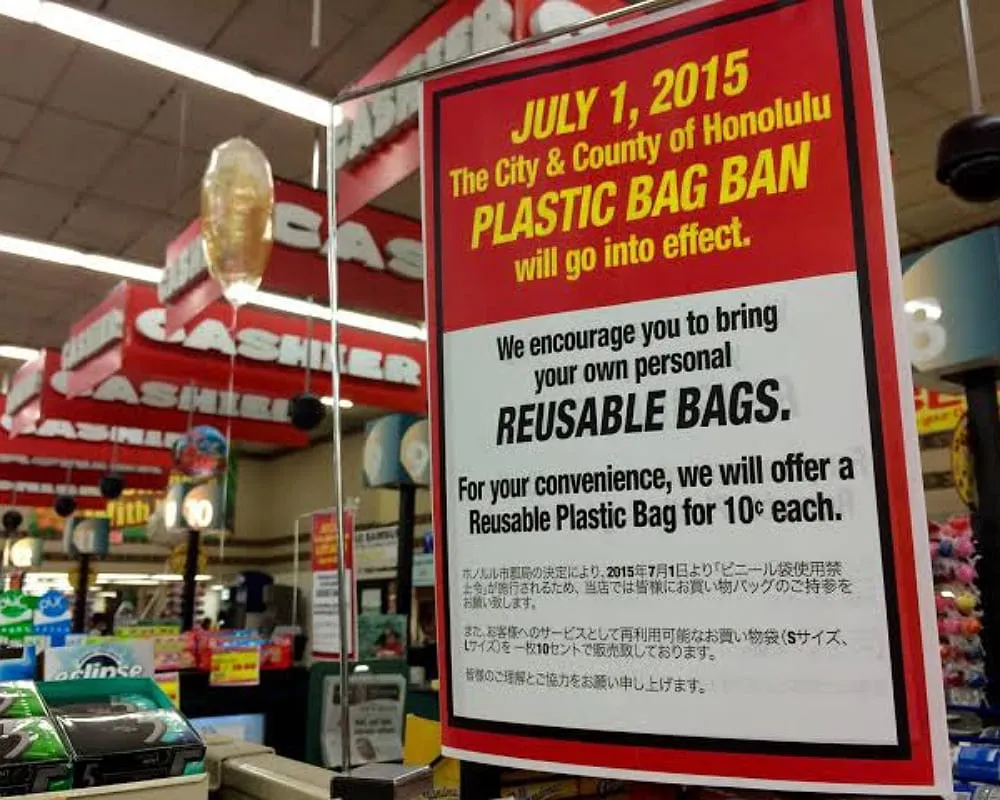
Since then, all supermarkets in Hawaii have been prohibited from providing plastic bags to their customers. Instead, people can use reusable bags, compostable bags, or recyclable paper bags. The only exception is for medical and sanitary purposes – this is a great step towards reducing waste and protecting our planet for future generations!
The Hidden Message As To Why Hawaiian Women Wear A Flower Behind The Ear
Have you ever noticed a woman in Hawaii wearing a pretty flower behind her ear? Well, that flower actually means something! It’s a secret code that tells people if she’s single or taken.
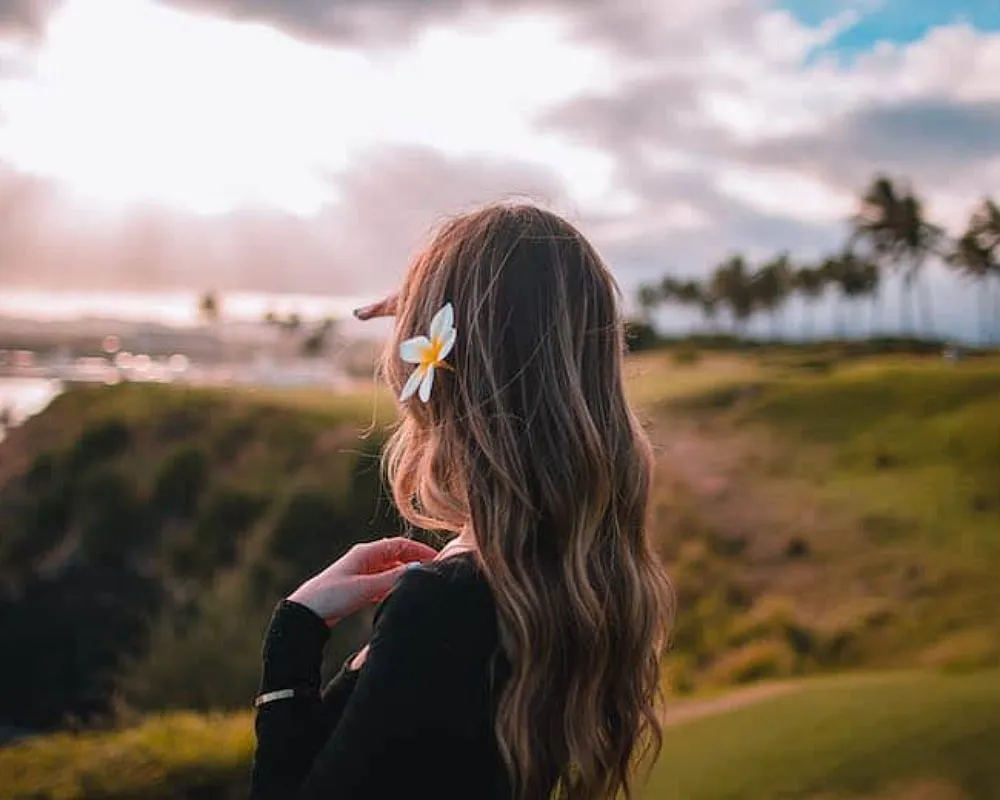
If a lady wears the flower on her right ear, it means she’s available. But if she wears it on her left ear, she’s already taken. It’s a fun and mysterious local tradition you might see all around Hawaii. So, keep your eyes peeled and see if you can decode the secret message of the flower!
In Kauai, Hawaii, Buildings Cannot Be Taller Than A Palm Tree
Did you know that Kauai, the oldest of the main Hawaiian Islands, has a unique law that restricts the height of buildings? No structure is allowed to be taller than a palm tree! This law helps to preserve the natural beauty of the island and ensures that the skyline remains unobstructed.
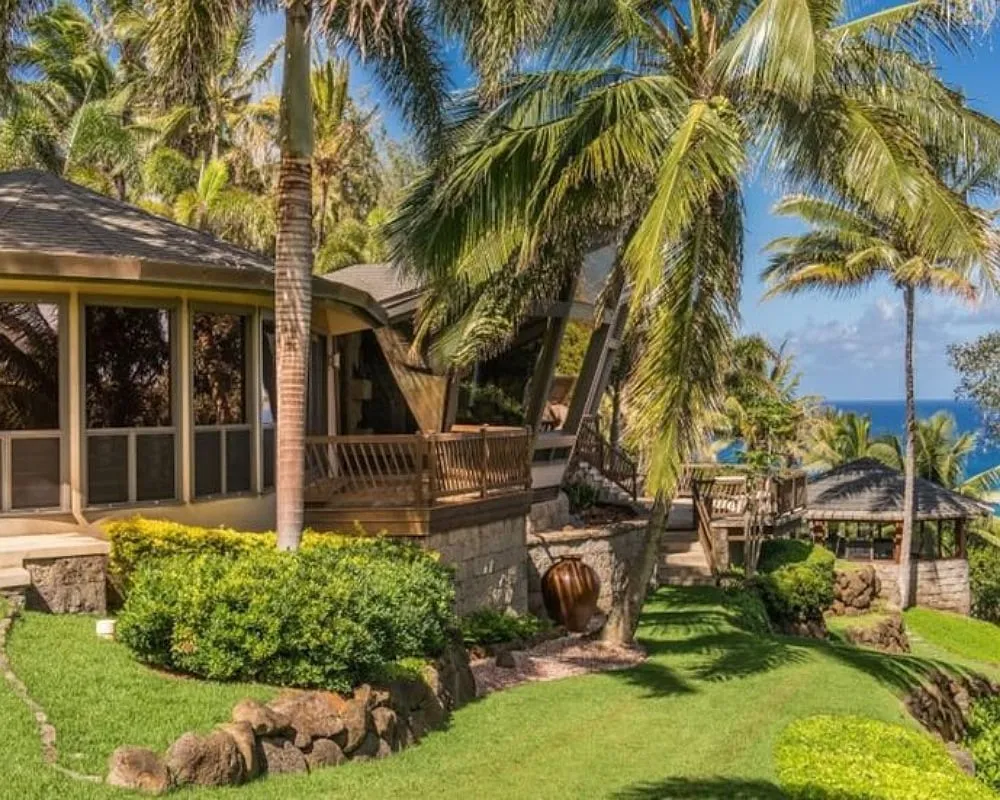
Kauai has formed over six million years ago when the Pacific Plate passed over a hotspot in the earth’s crust. Only two buildings on the Garden Isle are exempt from this law: the Kauai Marriott Resort and the historic Princeville Resort, both built before the law was established. So, when you visit Kauai, take a look at the buildings around you and see if you can spot any palm trees that tower over them!
Hawaii Has Banned The Use Of Many Types Of Sunscreen
Hawaii cares about its delicate coral reefs, and that’s why they don’t want you to use sunscreens that harm them. Two common sunscreen chemicals – oxybenzone and octinoxate – can cause damage to these vital underwater ecosystems.
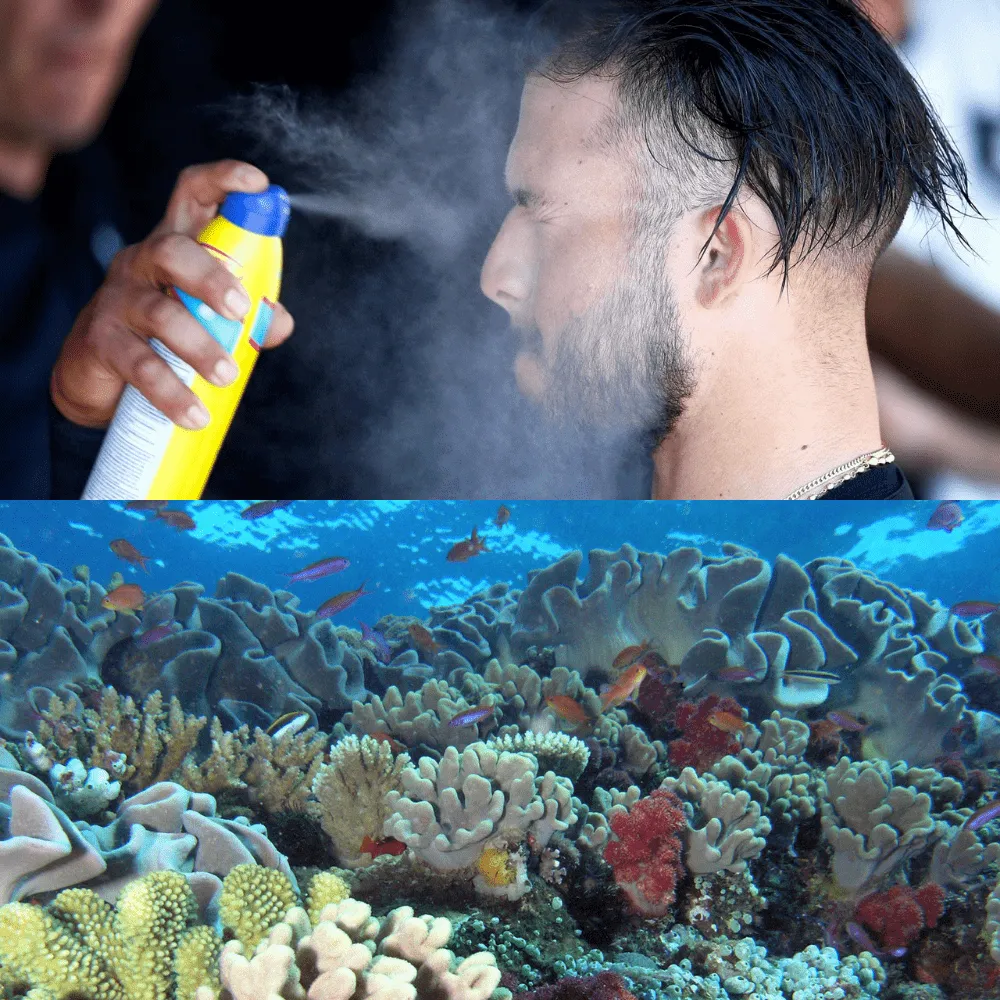
To protect their precious reefs, Hawaii passed a law in January 2021 banning the use of these chemicals in sunscreens. This means that tourists were still using these types of sunscreens until the end of the year 2020.
The Origins Of Surfing Started In Hawaii
Surfing in Hawaii isn’t just a sport; it’s a deeply rooted tradition that dates back centuries. Polynesians from Tahiti and the Marquesas brought the tradition to the Hawaiian Islands in the 4th century A.D., including surfing on boards.
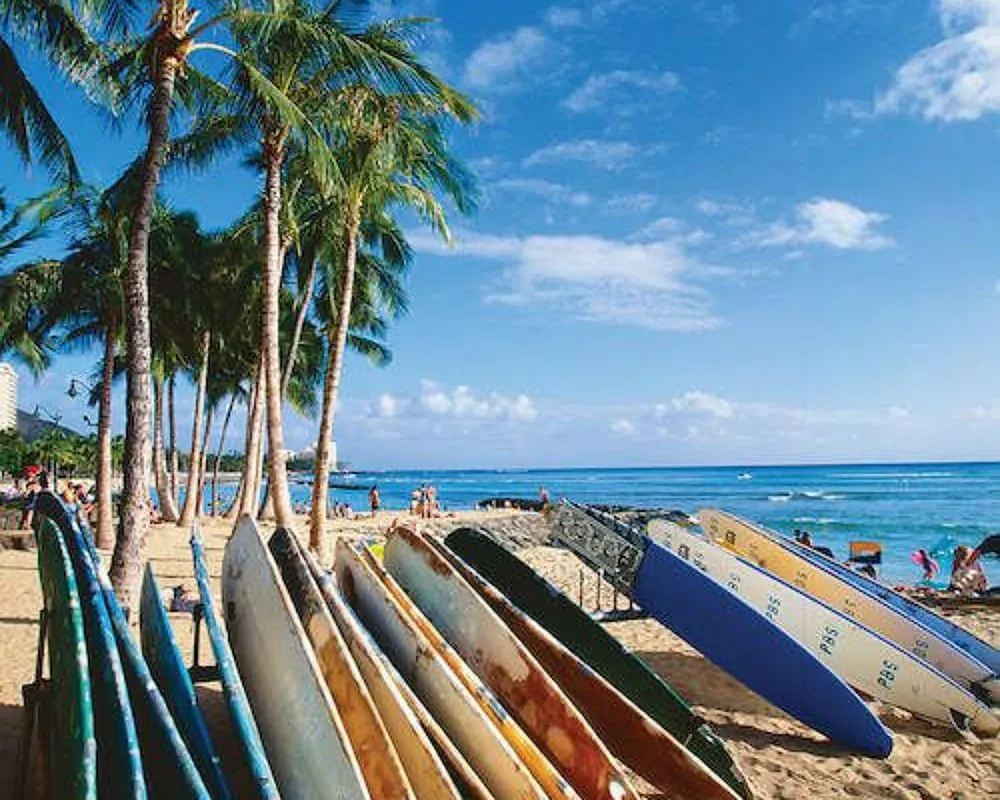
The beach boys of Waikiki are credited with pioneering the current sport of Stand Up Paddleboarding (SUP) years ago. But the thrill of the sport is being reignited by Maui’s big wave surfers, who are putting their own spin on the iconic Hawaiian pastime.
The Largest Inactive Volcano In The World Is Mount Haleakala In Maui
Haleakala is no ordinary mountain! It’s the highest point on Maui, reaching a whopping 10,023 feet. The summit crater at the top of this behemoth is 7.5 miles long and 2.5 miles wide.
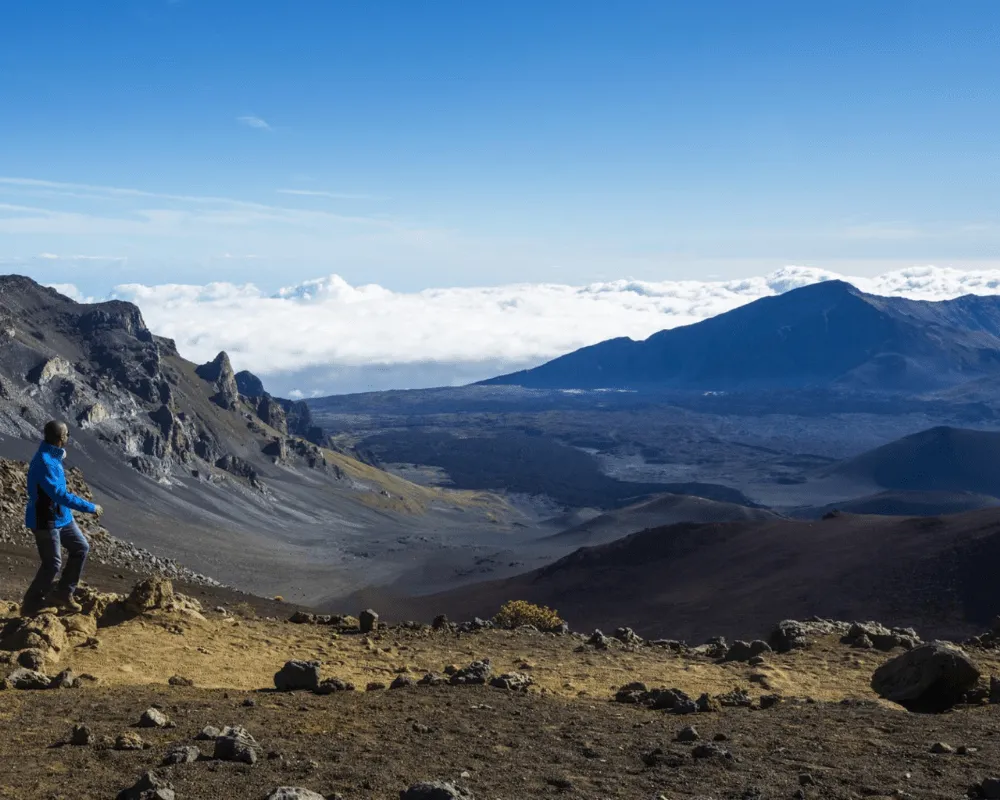
But wait, there’s more! Most of the mountain lies below sea level, making Haleakala even taller if you count it from the seafloor. In fact, it rises about 30,000 feet in total. Don’t be fooled by its inactivity, though. This beast is far from dead! While its last eruption was over 200 years ago, scientists keep a close eye on it just in case.
Expectation Vs. Reality - Hollywood Style
Hawaii is often portrayed as a paradise on earth in Hollywood movies. But let’s be real: it’s not all picture-perfect beaches and postcard views. The islands have their legit cities, local businesses, and regular roads that you’ll find in any other place.
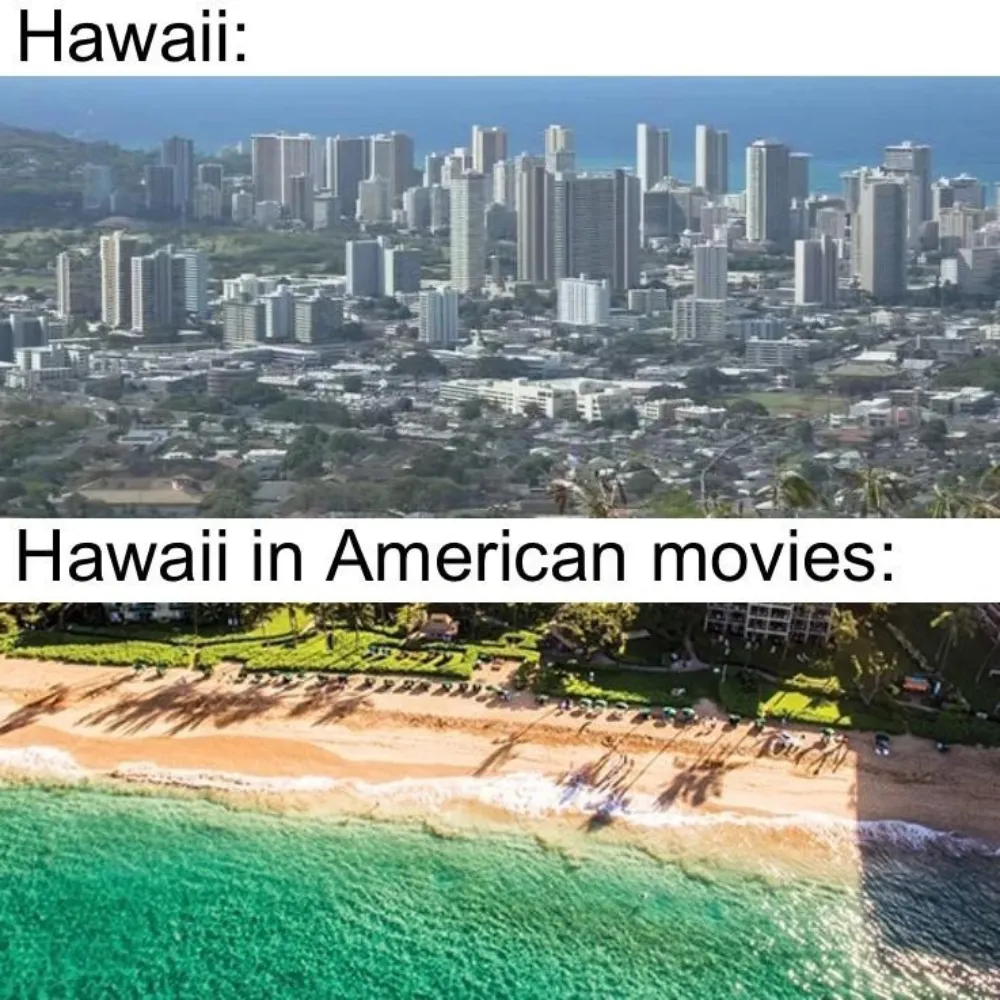
It’s easy to forget that people actually live and work in the same area where you might be spending your next vacation. So, while Hawaii is undoubtedly a beautiful and worthwhile destination, don’t expect it to be an idyllic paradise straight out of a movie scene.
The Hawaii State Fish Is Called The Humuhumunukunukuāpuaʻa (A Type Of Reef Triggerfish)
In Hawaii, the state fish is called the humuhumunukunukuapua’a, and it was declared the official state fish in 1984. In 2006, it was made official indefinitely.
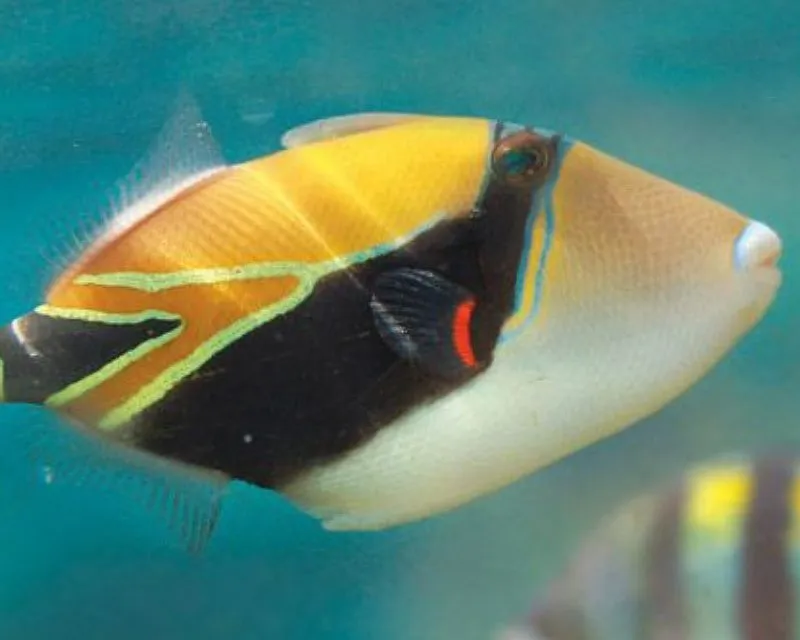
Despite its relatively small size of only 10 inches, its name is quite long and difficult to pronounce. It is commonly referred to as the “triggerfish with a pig’s snout,” which is a nod to its unique appearance. Locals often make jokes about the fish’s name being longer than the fish itself.
It's Against The Law To Have Snakes In Hawaii
Hawaii is famous for its pristine natural beauty, and one of the factors that contribute to it is the absence of snakes. It is illegal to own snakes on the islands, and authorities are vigilant about preventing the introduction of these reptiles to Hawaii. However, there is one species of non-native snake-like creature that has made it to the islands.
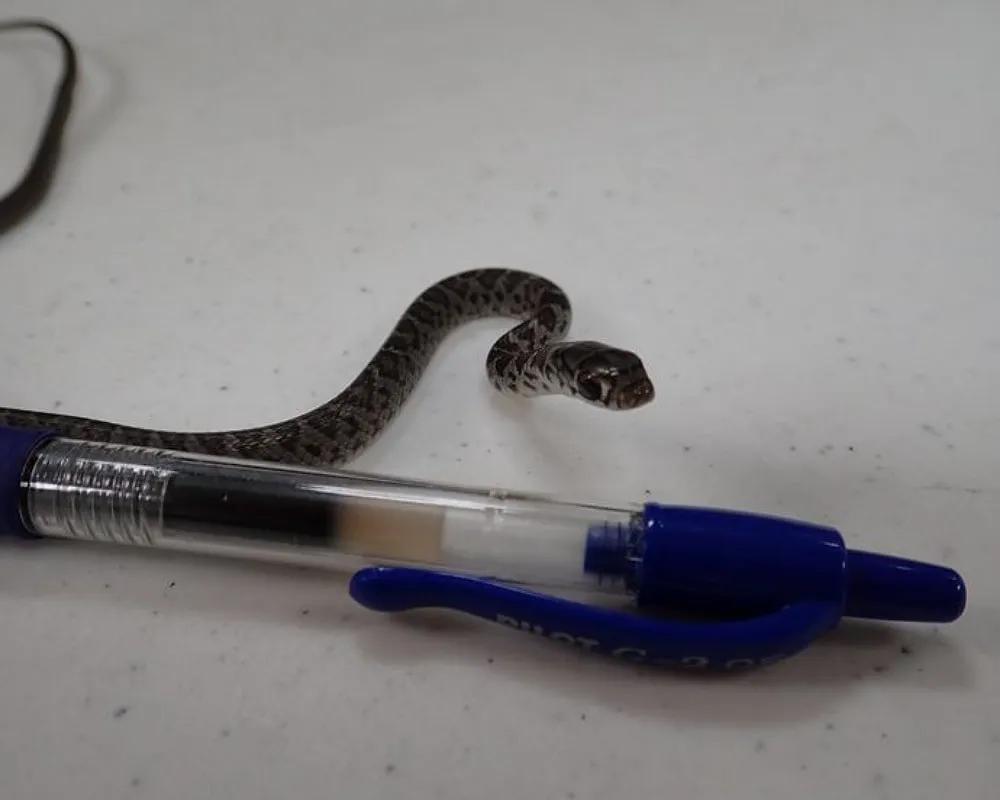
The Brahminy Blind Snake, also known as the flowerpot snake, arrived in Hawaii hidden in the soil of imported potted plants from the Middle East. Despite its name, the Brahminy Blind Snake is not venomous and is harmless to humans. Measuring only 2.5-6.5 inches (6.35-16.5 cm) long, it looks more like a worm than a snake, and Hawaiians do not consider it a threat.
Hawaii Prohibits All Types Of Gambling
Hawaii’s natural beauty and rich culture are some of the reasons why it’s such a popular tourist destination. However, what you won’t find on the islands are gambling establishments of any kind. The ban encompasses a range of gambling activities, including sports betting, slot machines, horse racing, lotteries, bingo, and even charity pools.

Even those on a cruise ship passing through Hawaiian waters are not allowed to gamble. As a result, some locals may have a strong desire to gamble since it is not available in Hawaii. This could explain why many Hawaiians choose to travel to Las Vegas for their gambling fix during their vacations.
Astronauts Use The Big Island For Their Training
The Big Island in Hawaii is a truly unique destination, with diverse weather that makes it an ideal location for space explorers to train for lunar landings on Hawaii’s moon-like terrain. The island is dominated by two towering volcanoes, Mauna Kea and Mauna Loa, which divide the island into two distinct sides.
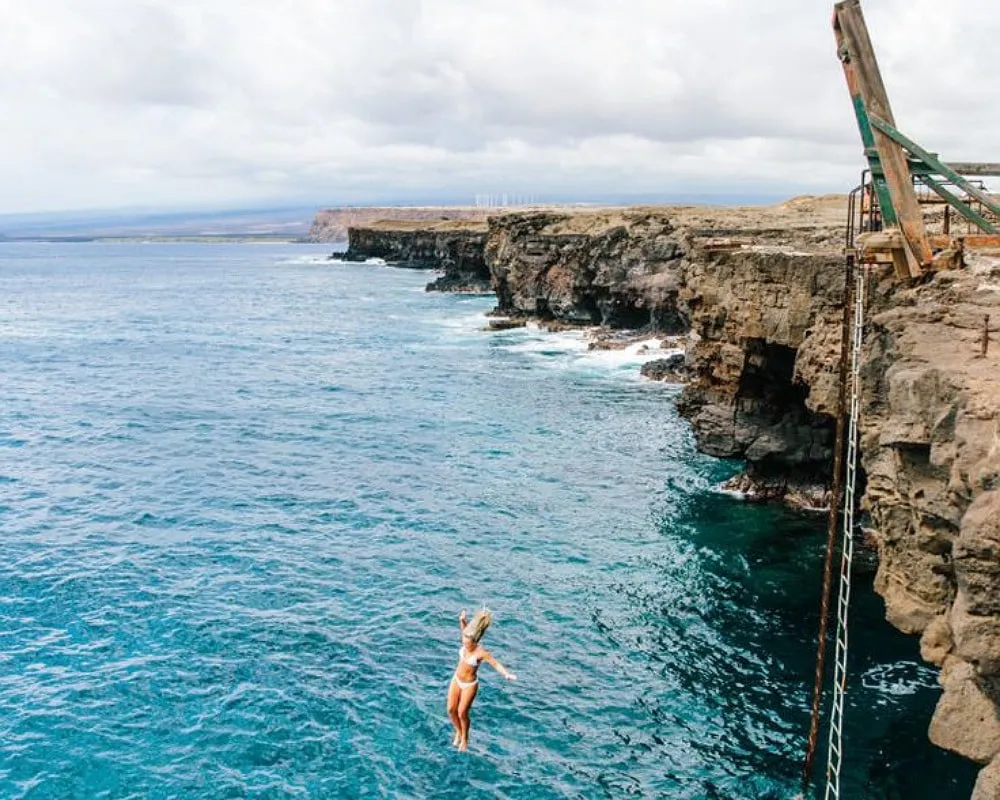
Interestingly, the west and east sides of the island experience very different climates. The massive mountains create a hot and dry desert-like environment on the west side – where Kona’s city is located. On the other hand, the east side, home to Hilo’s town, is a lush and rainy jungle with rivers and waterfalls.
Hawaii Has A Higher Number Of Imported Plants And Animals
Hawaii has faced many challenges in preserving its unique animals. Most of what you see, from trees to humans to livestock, has been brought in from other places.
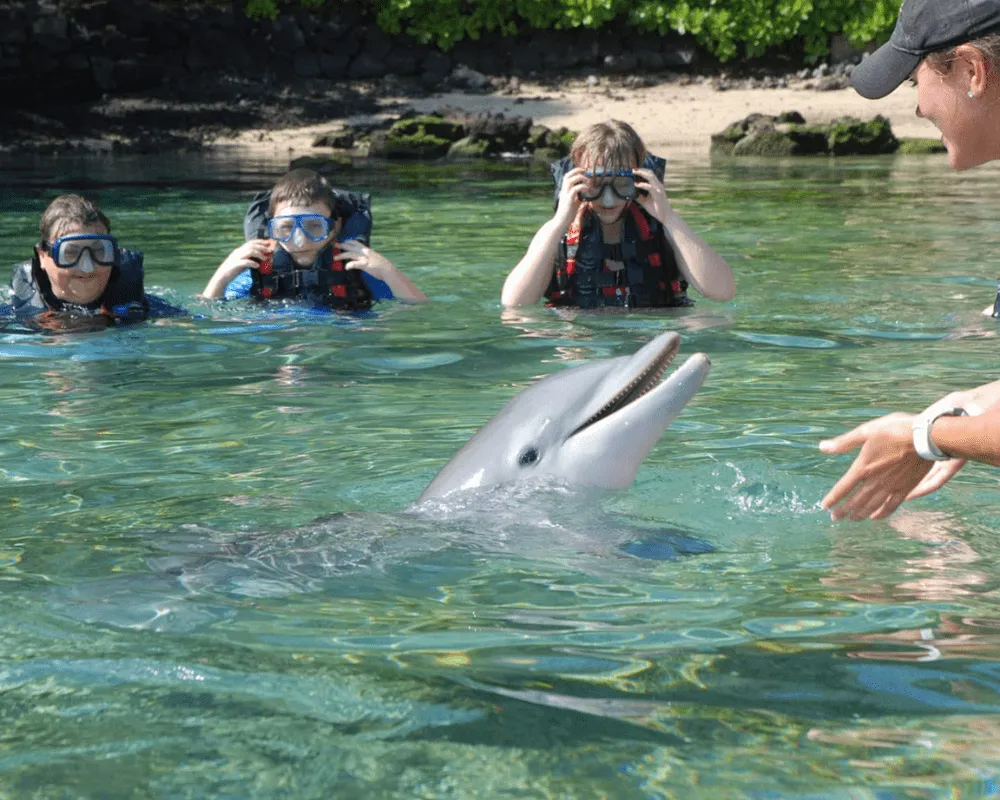
But the hot and humid weather in Hawaii can lead to both good and bad effects on the environment. Sadly, all of Hawaii’s native birds are at risk, and the native wildlife population has decreased by a whopping 70 percent.
Is Taking Off The Lei Rude?
When you arrive in Hawaii, you might receive a lei as a warm welcome. Leis are very important in Hawaiian culture. They are used to show someone’s status, but now they’re mostly used for celebrations.
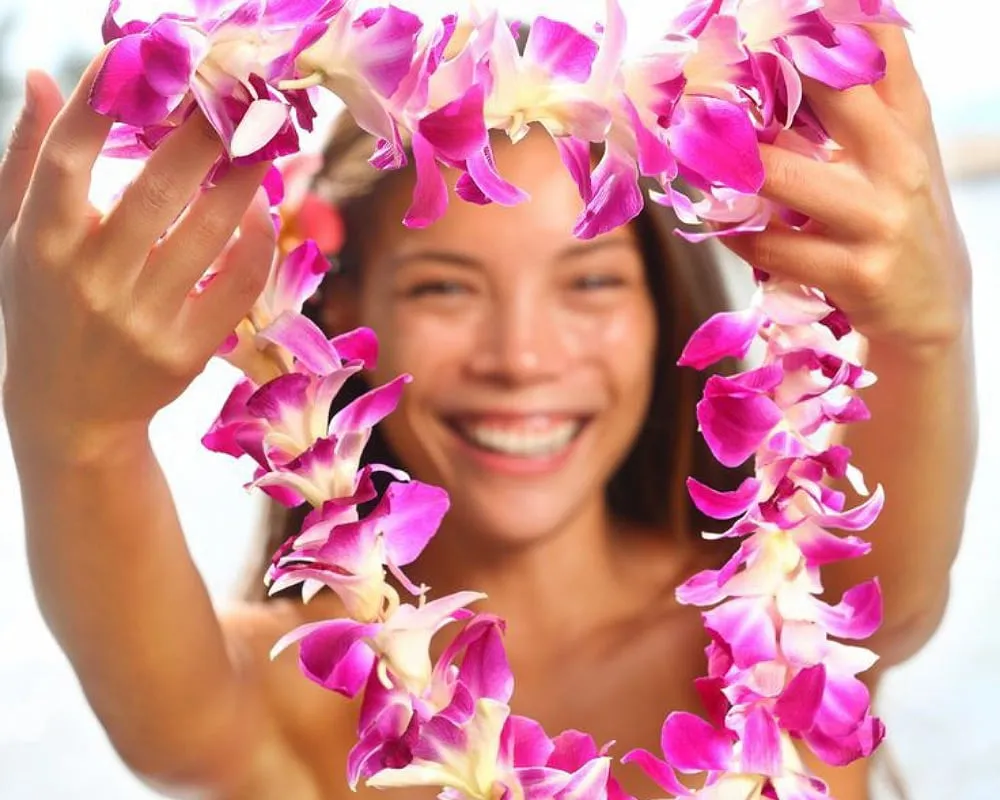
It’s considered rude to turn down a lei if someone gives one to you, and you shouldn’t take it off while the person who gave it to you is still around. Also, don’t wear it like a necklace hanging from your neck. Leis are meant to be worn over your shoulders with the ends hanging down on either side.
Hawaiian Skies Are Often Filled With Vog, Not Smog
The Hawaiian skies are known for their clear, pollution-free beauty. However, the Kilauea volcano on the Big Island has been emitting logs of volcanic smog, or “vog,” since 1983.
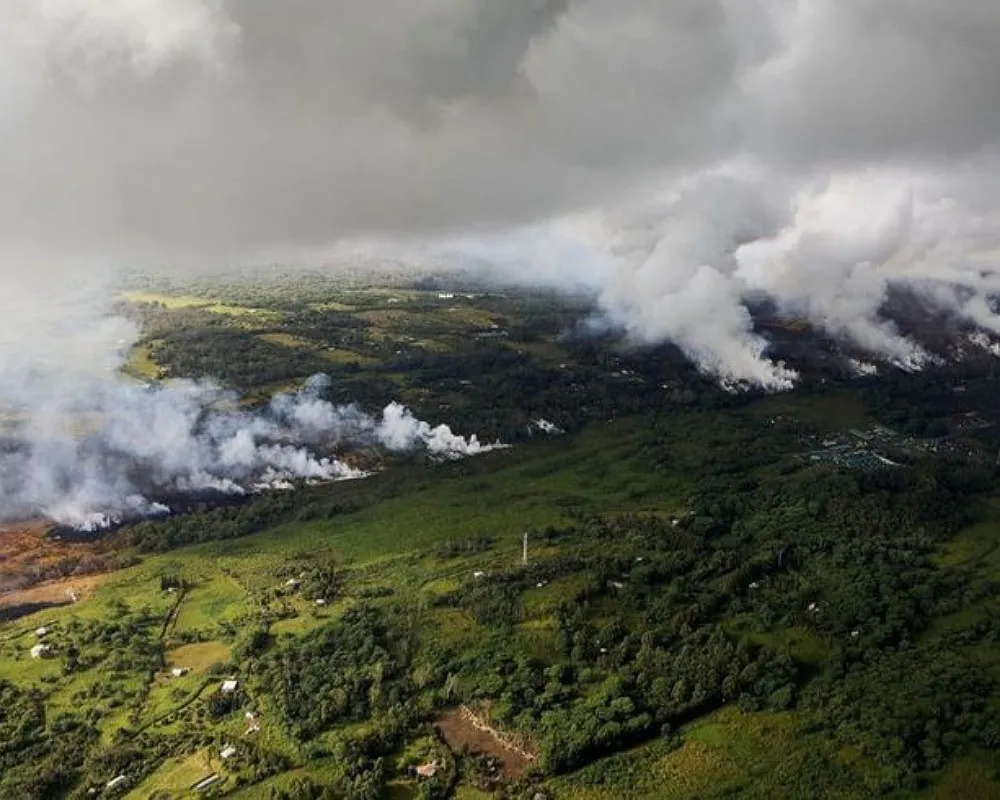
Although it is not dangerous, vog can be uncomfortable for those with respiratory problems. The vog sometimes drifts over to other islands, including Maui. But on Maui, the vog creates stunning sunsets and moonrises, enhancing the size and color of the sun and moon, making them appear massive and orange.
The Term "Hawaiians" Does Not Refer To The Locals
In Hawaii, only those with Hawaiian ancestry are recognized as “Hawaiians.” Anyone else, regardless of their upbringing, is referred to as a “local” or “kamaaina” (which means “child of the land”).
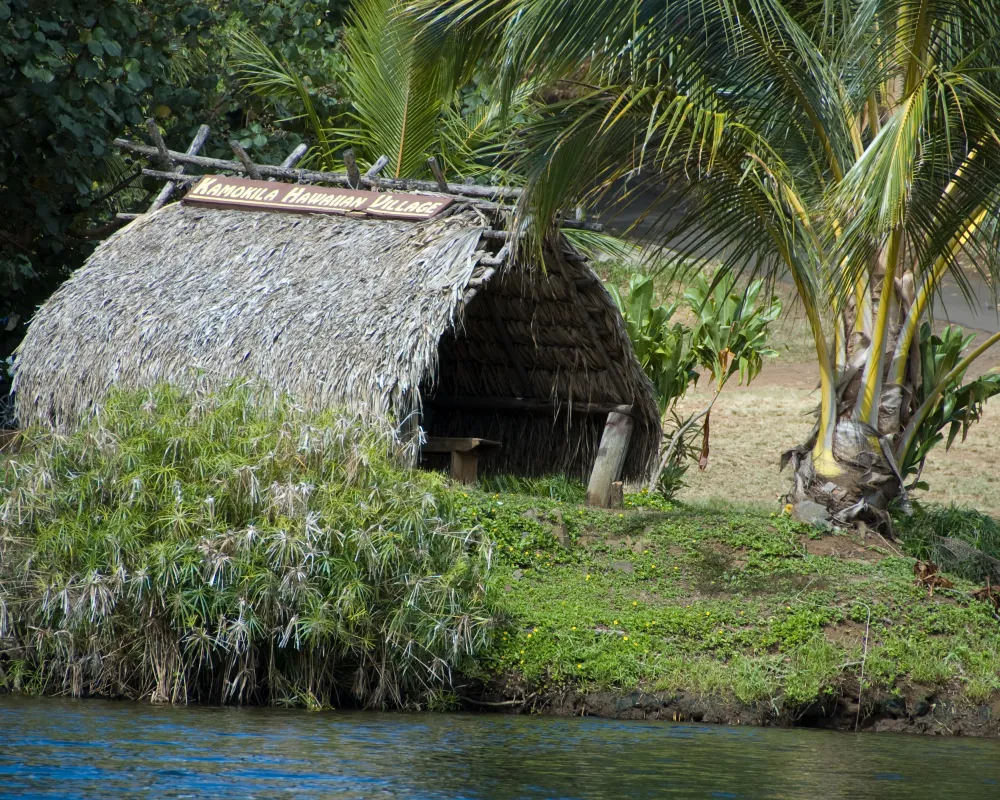
If you’re discussing Hawaii’s native culture and people, it’s appropriate to use the term “Hawaiian.”
Mailing Coconuts From Hawaii To Anywhere Is Possible
Send a piece of Hawaii to your friends and family by mailing a coconut! No need for fancy wrapping or boxing, just make sure it’s an old, dried-out coconut. Before sending, have it inspected and endorsed by the agricultural inspection at the airport.
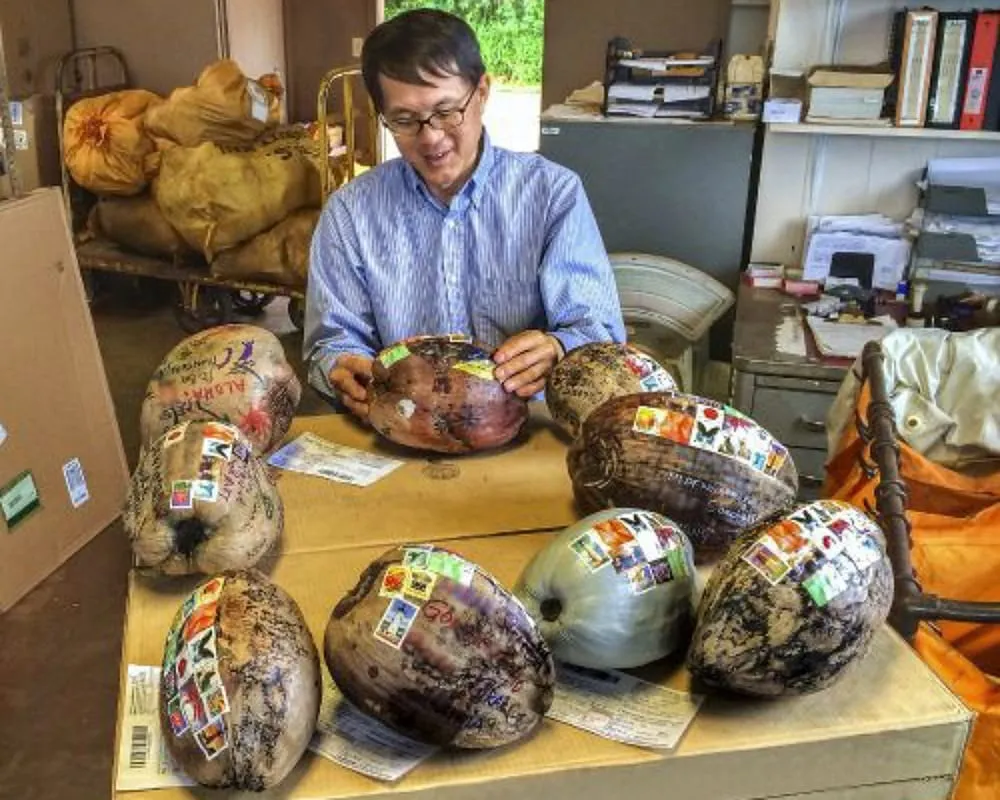
Then, address it, stamp it, and send it by weight to any Hawaiian mail center. It’s a unique and fun way to share a piece of the island with loved ones. Who needs a postcard when you can send a coconut?
Visitors Who Return To Hawaii With Volcanic Rocks Believed To Bring Bad Luck
When visiting Hawaii’s Volcanoes National Park or Haleakala National Park, it’s important to remember that taking souvenirs is strictly prohibited. Despite this, many tourists continue to take pumice stones as a keepsake.
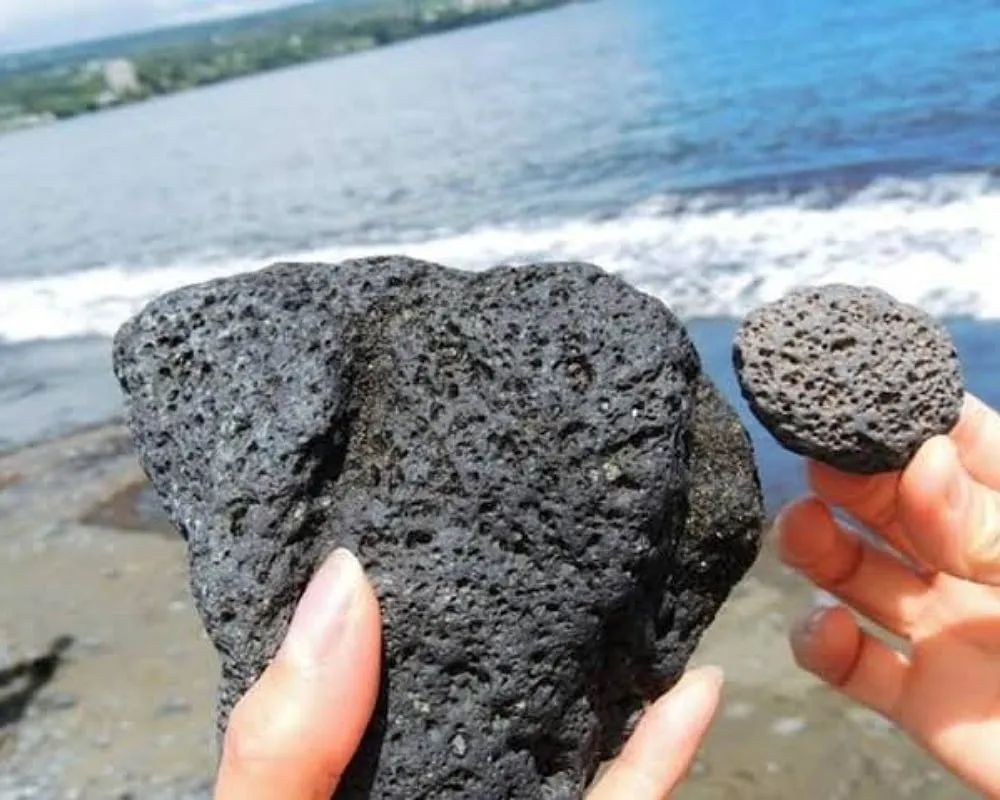
Not only is this practice illegal, but it’s also considered disrespectful in Hawaiian culture. Some visitors even take volcanic rocks from the Kilauea volcano, claiming they’re a gift from Pele, the goddess of fire and volcanoes. However, park officers frequently receive these stones back, reminding us that it’s best to leave nature’s treasures where they belong.
People Generally Live Longer In Hawaii
Hawaii has a life expectancy of 81.3 years (which is higher than in other U.S. states). The healthcare system may play a role in this, as more than 90% of residents have health insurance, and preventive care is a priority.
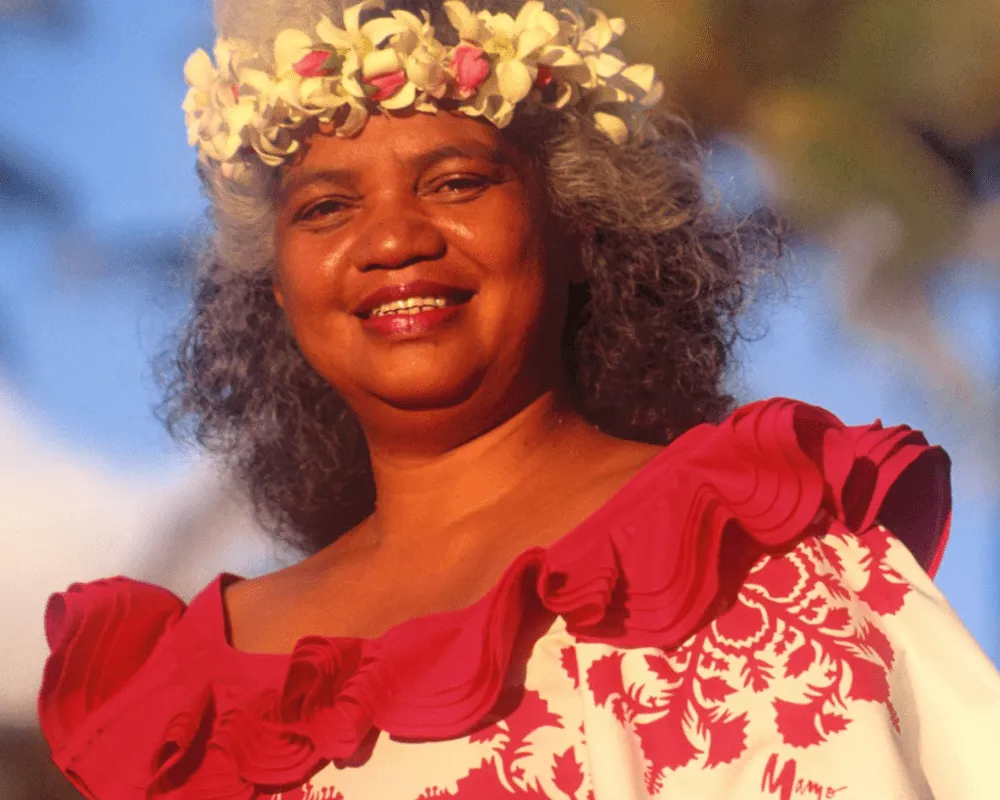
Since 1975, companies have also been legally required to provide health insurance for employees who work over 20 hours a week. This focus on healthcare and wellness may contribute to the longer life expectancy enjoyed by the people of Hawaii.
Hawaii Has The Only Palace In The U.S.
Iolani Palace, situated in Honolulu, is a unique historic landmark in the United States as it is the only royal palace in the country. The palace was ahead of its time as it had electric lights installed four years before the White House.
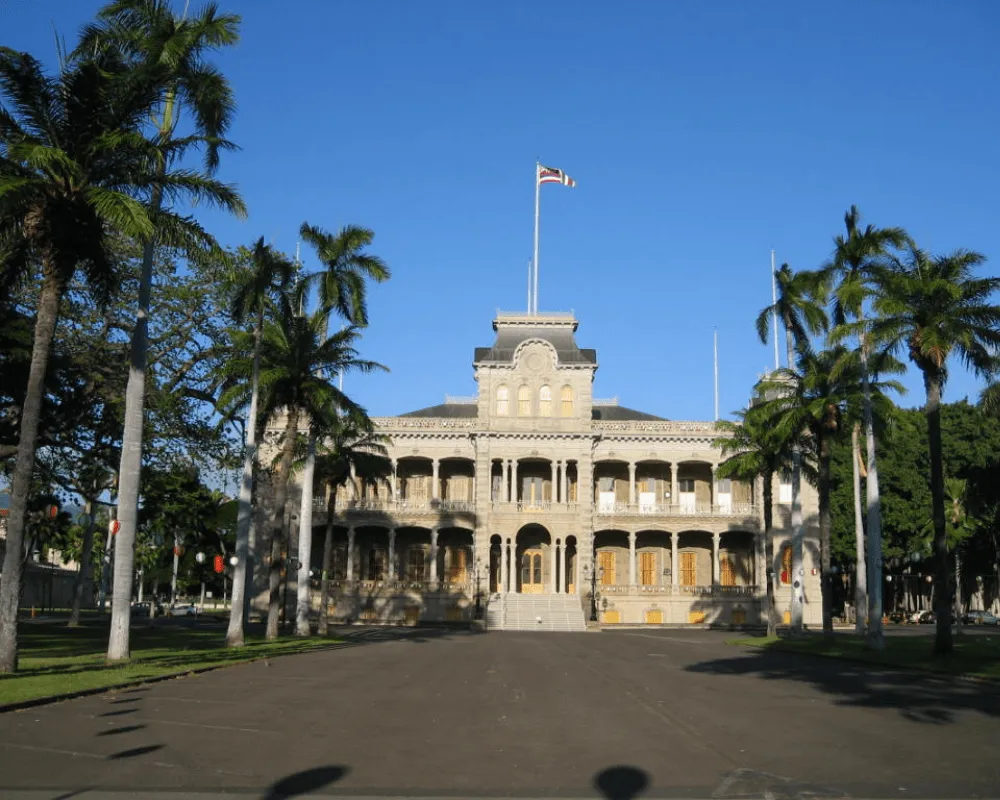
The site initially housed a modest residence constructed in 1845 by King Kamehameha III (later utilized by other Hawaiian rulers). In 1882, it was replaced by an American Florentine-style palace for the last two monarchs of Hawaii, King Kalakaua, and Queen Liliuokalani. The palace’s first and second floors are now open to visitors for exploration and learning.
Putting Billboards In Hawaii Is Illegal
Family is important to Hawaiians, and so is the preservation of their beautiful state. To maintain the natural beauty of the islands, billboards have been banned across the entire state.
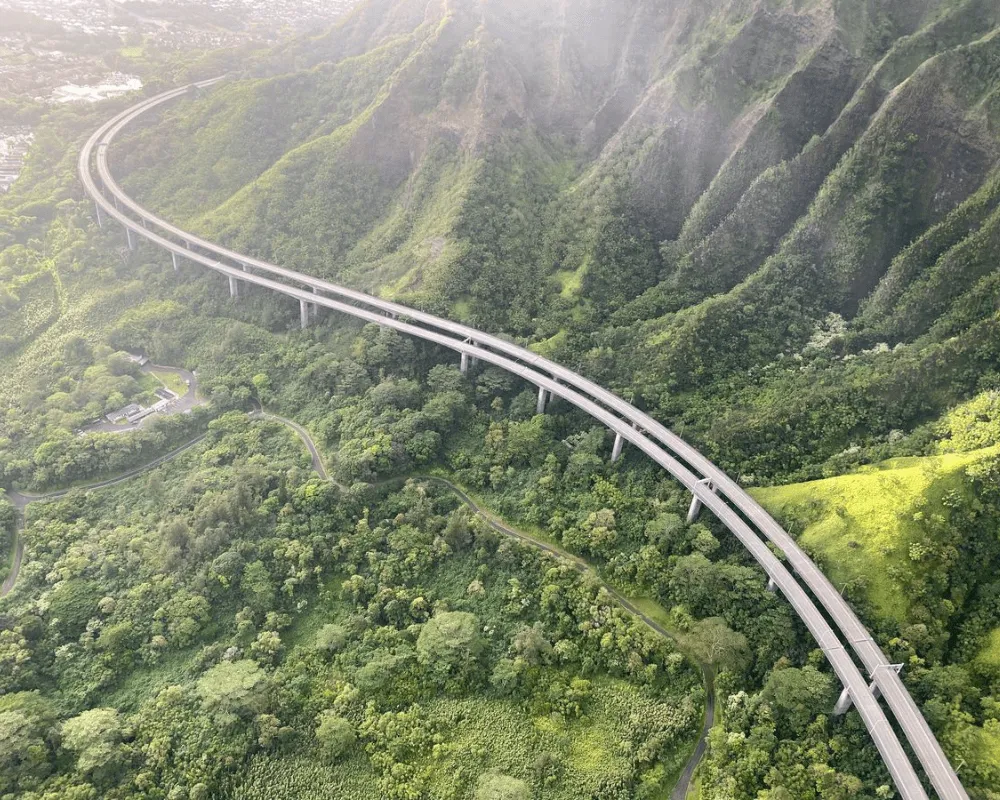
Lucky for you, this means unobstructed views of the stunning coastlines. Interestingly, three other states in the U.S. have also banned billboards: Alaska, Vermont, and Maine – all known for their scenic beauty.
Kauai Has Outlawed Cities
Don’t expect to see towering skyscrapers on the island of Kauai. While it’s not technically true that cities are banned, the construction of buildings taller than a palm tree is prohibited. As a result, you won’t find any high-rise buildings or sprawling urban landscapes here.
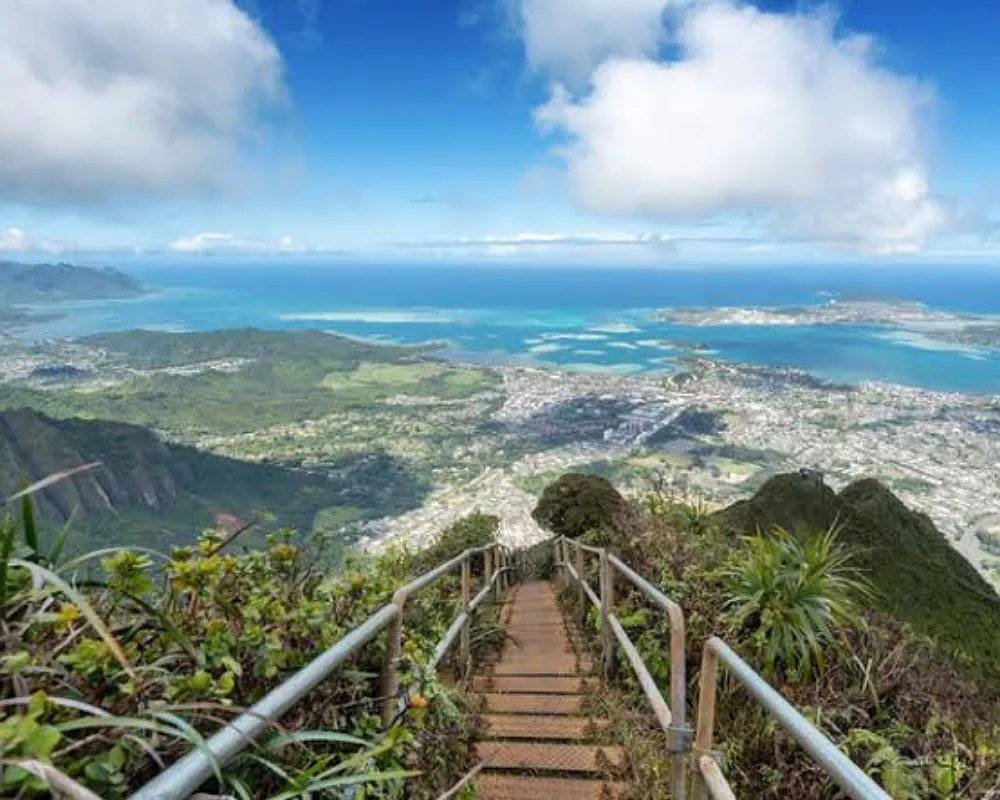
Even the closest thing to a city, the industrial port of Lihue, is far from what most people would consider a metropolis. The island’s stunning natural beauty is front and center, unobstructed by towering buildings.
Hawaii Doesn't Participate In Daylight Savings Time
Hawaii is quite unique because it has its own time zone, called Hawaiian Standard Time. Daylight savings time can shorten Hawaii’s gorgeous days and make the sunset come too early.

To avoid this, Hawaii has followed Arizona’s lead in not observing Daylight Savings Time. Other places that don’t observe Daylight Savings Time include American Samoa, Guam, Northern Mariana Islands, and Puerto Rico.
The Only U.S. State To Honor A King Is Hawaii
The United States of America fought for its independence from British rule many years ago, and today it prides itself on democratic values. But Hawaii has a different tradition.
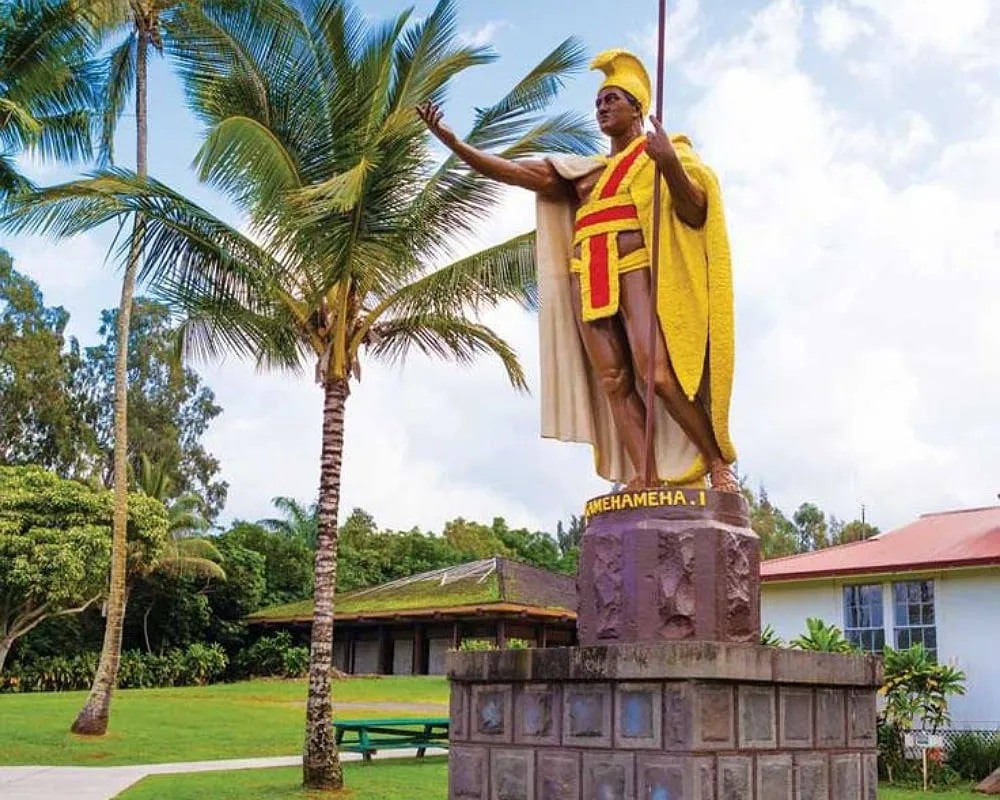
The islands celebrate King Kamehameha Day in honor of the ruler who united the islands in the early 1800s. According to Hawaiian tradition, Kamehameha’s birth fulfilled a prophecy of a male who would conquer all other chiefs to become the greatest of them all in Hawaii.
Molokai Island Is Home To A Small Population Of Less Than 8,000 Residents
Molokai Island is a serene and stunning destination, but not ideal for those looking for tourist hotspots. The reason for this is that there is limited infrastructure available because only a small number of inhabitants call this place home.
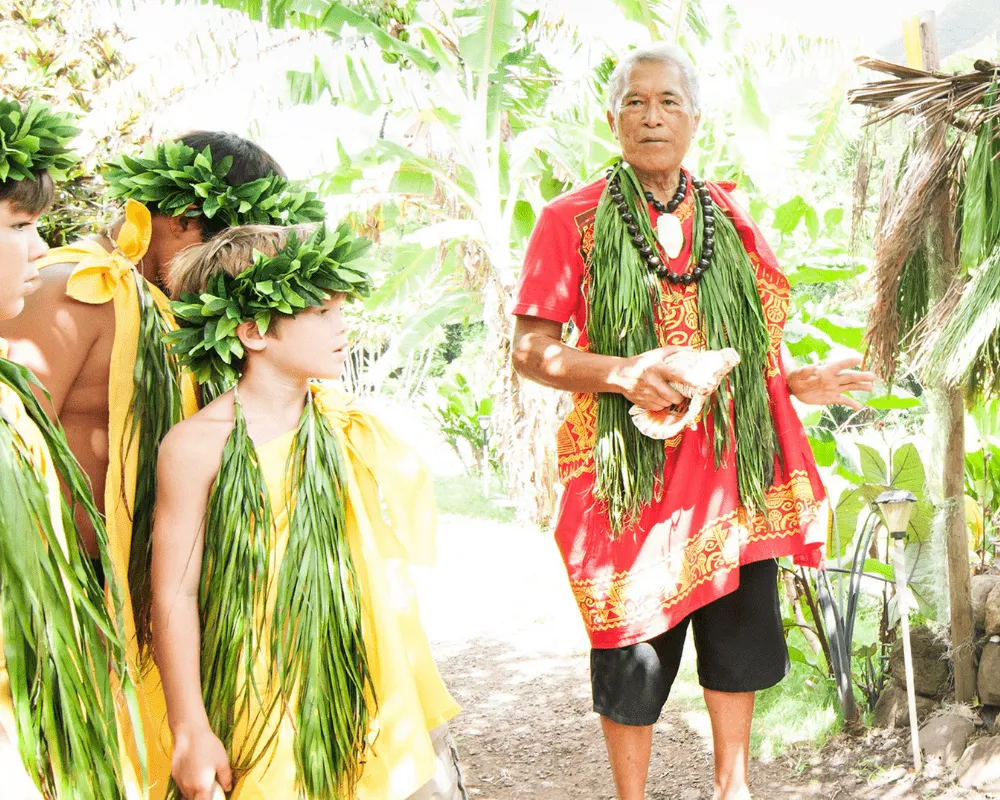
In fact, visitors won’t even find a single traffic light on the island! However, for those seeking a peaceful getaway far from the hustle and bustle of the city, Molokai Island is the perfect place to be, where they will be greeted with the warm spirit of Aloha.
'Aloha' Means Many Things
The word “Aloha” holds a special place in Hawaiian culture. It’s used to say both “hello” and “goodbye,” making it a versatile and universally loved greeting. But “Aloha” is more than just a word – it represents the essence of Hawaiian life and values.
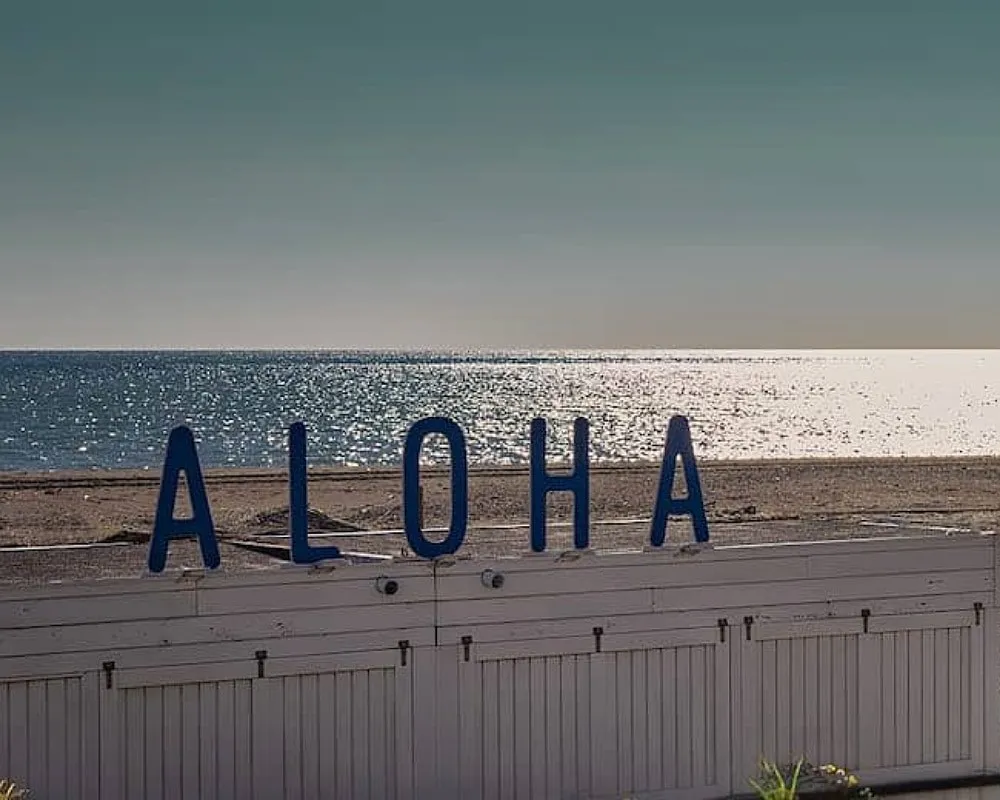
The true meaning of Aloha is about showing respect and love to others and living in harmony with all that surrounds you. It’s a beautiful and powerful symbol of the Hawaiian way of life.
The Hawaiian Hula Dance Includes Both Men And Women
Hawaii’s traditional dance (the hula) started as a religious ceremony to honor the gods but evolved to include storytelling through movements and chants called mele. These stories were passed down from generation to generation through hula.
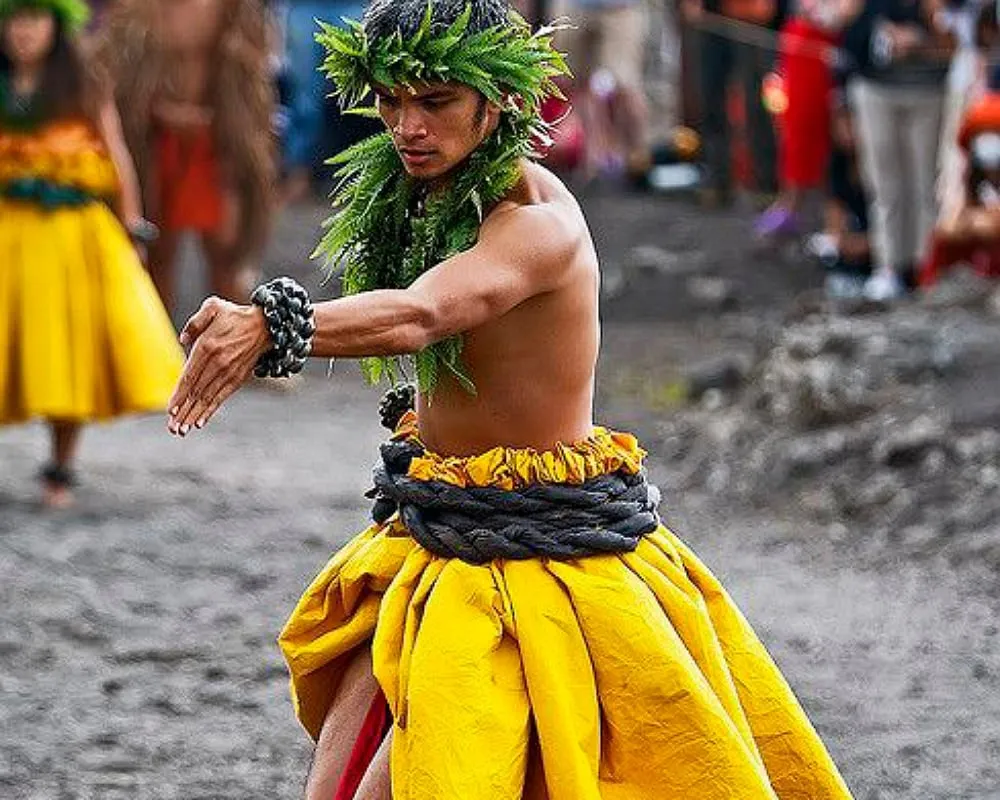
The dance usually begins with a man singing a mele to introduce the story, followed by women using graceful and sensual movements to express the rest of the tale. However, this hasn’t always been the norm.
Every Island Is Represented By Different Flowers And Colors
Each of Hawaii’s islands is unique, with its own color and flower representing its distinctiveness. Maui’s color is pink, and its flower is Lokelani, also known as the Damask Rose. The yellow hibiscus is Hawaii’s state flower. Oahu is known for its yellow color and the Ilima flower, while the Big Island of Hawaii boasts the red color and lehua ohia flower.
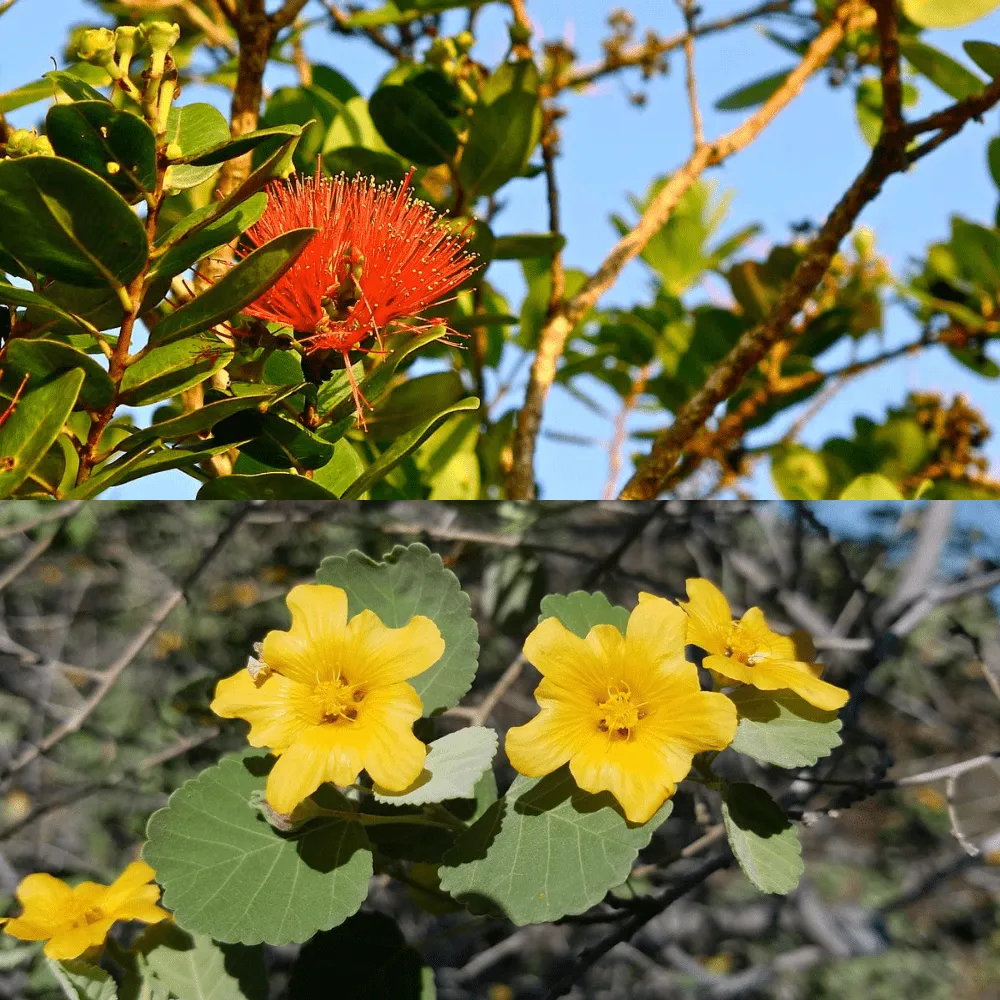
Kauai is represented by the color purple and makhana, which is a green berry. The color white and pupu shell represent Niihau, while green and the white kukui blossom represent Molokai.
Rabies Don't Exist In Hawaii
Hawaii is a rabies-free state, and it intends to stay that way. That’s why there are strict laws about bringing pets into the state. Bringing your furry friend along for a quick visit requires extensive preparation and certifications or extended isolation upon arrival. So, it’s best to leave your beloved pets at home.
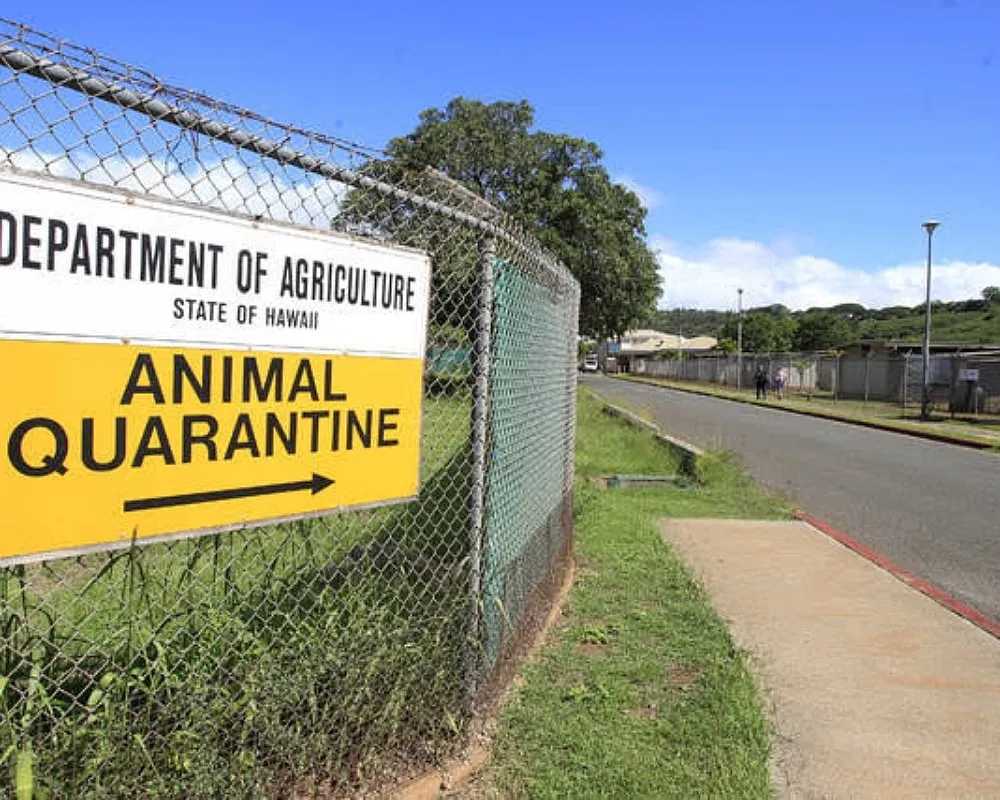
To prevent rabies from entering the state, Hawaii’s current law mandates that dogs, cats, and carnivores must undergo a quarantine period of five days or less.
Hawaii's Beaches Are Both Smoke-Free And Open To The Public
As of 2015, smoking at Hawaii’s beautiful beaches and state parks is illegal. Tobacco products and e-cigarettes are strictly prohibited in these areas. Before this law, many Hawaiian cities and county parks already had smoking bans in place.
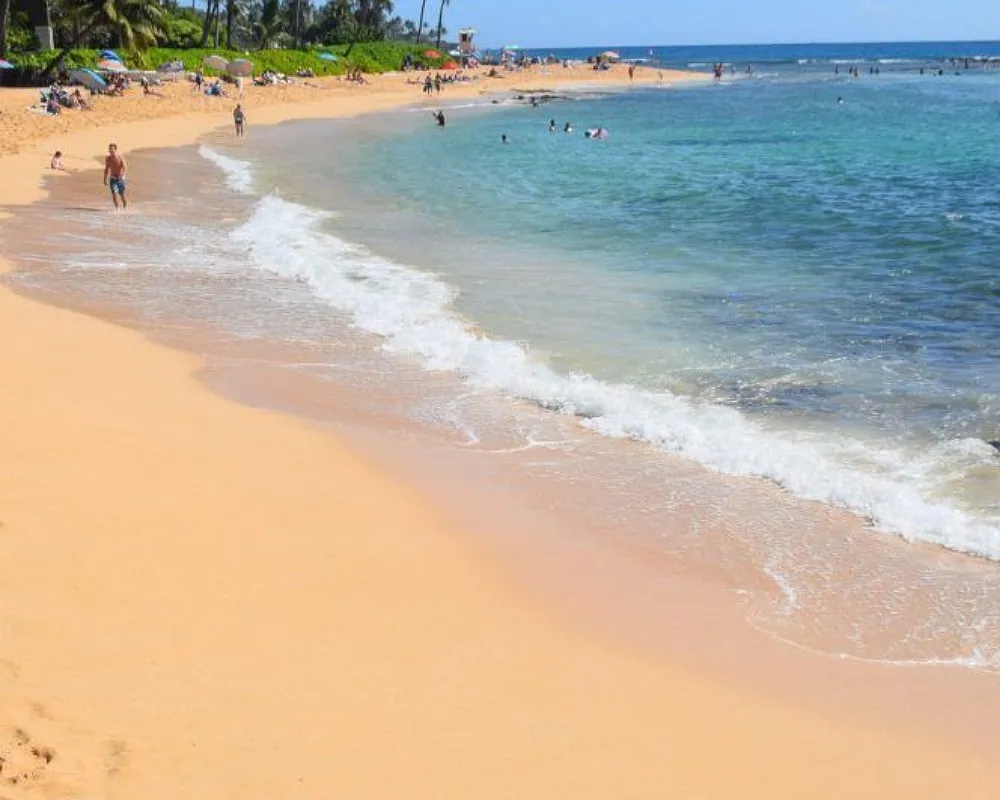
Hawaii also raised the legal smoking age across the state to 21. It’s helpful to know that all beaches in Hawaii are open to the public (with some exceptions for federal government areas). The public beach is defined as the area extending up to the high-water mark, while the part of the beach beyond that point may be private.
A Queen Is Crowned Every Year
In Hawaii, the lei is not just a piece of jewelry. It’s a symbol of honor, love, and respect. It’s so significant that Hawaiians have devoted an entire holiday to it called Lei Day. The celebration is held every May and features hula performances, live music, and lei-making contests.
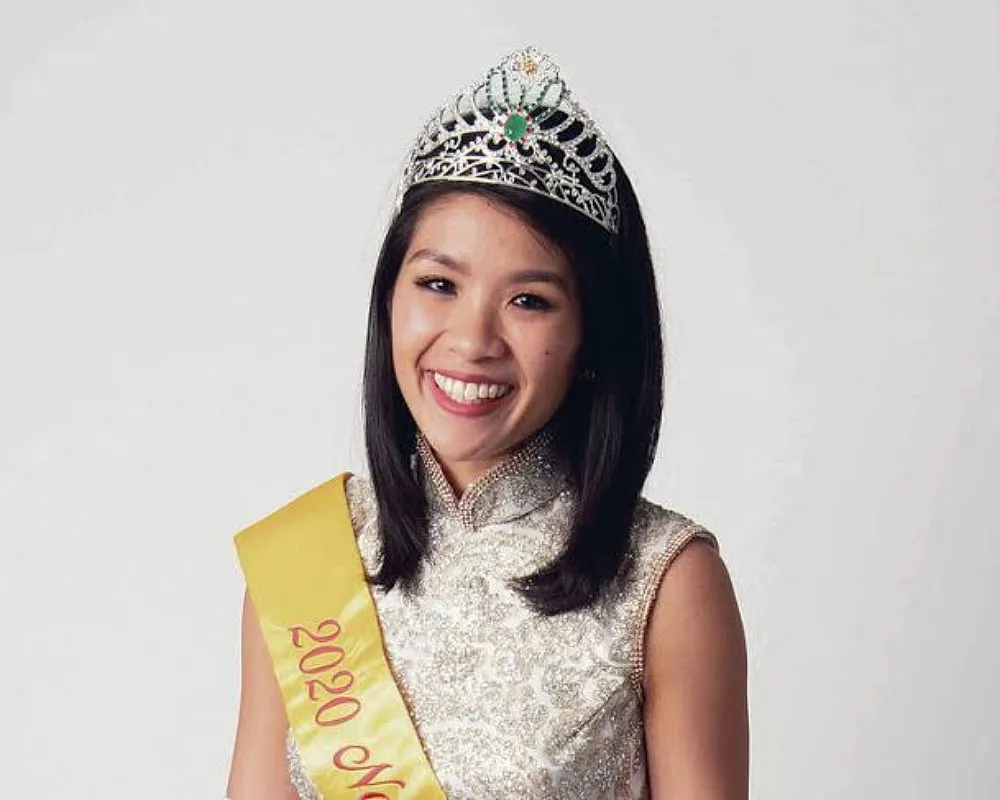
The Lei Queen, who must excel in lei-making, hula, and the Hawaiian language, is crowned during this event. The festivities take place all over the main islands, with the biggest one happening at Queen Kapiolani Park in Waikiki.
Hawaii's Beaches Come In Different Colors
Hawaii’s seashores are a sight to behold. They come in various shapes, sizes, and colors. The fascinating coloration of these coastlines is thanks to the tiny particles that make up the sand.

While white sand is probably the most well-known, you can also find beaches with yellow, red, green, and even black sand. The Big Island’s Papakolea Beach, located near the southern tip, is one of only four in the world with green sand. It’s a mesmerizing sight that shouldn’t be missed.
If You Measure From The Base, Mauna Kea In Hawaii Is Taller Than Mount Everest
Did you know that Mauna Kea (a dormant volcano in Hawaii) is actually taller than Mount Everest? That’s right – if you measure from its base on the seafloor to its highest point, Mauna Kea is the tallest mountain in the world.
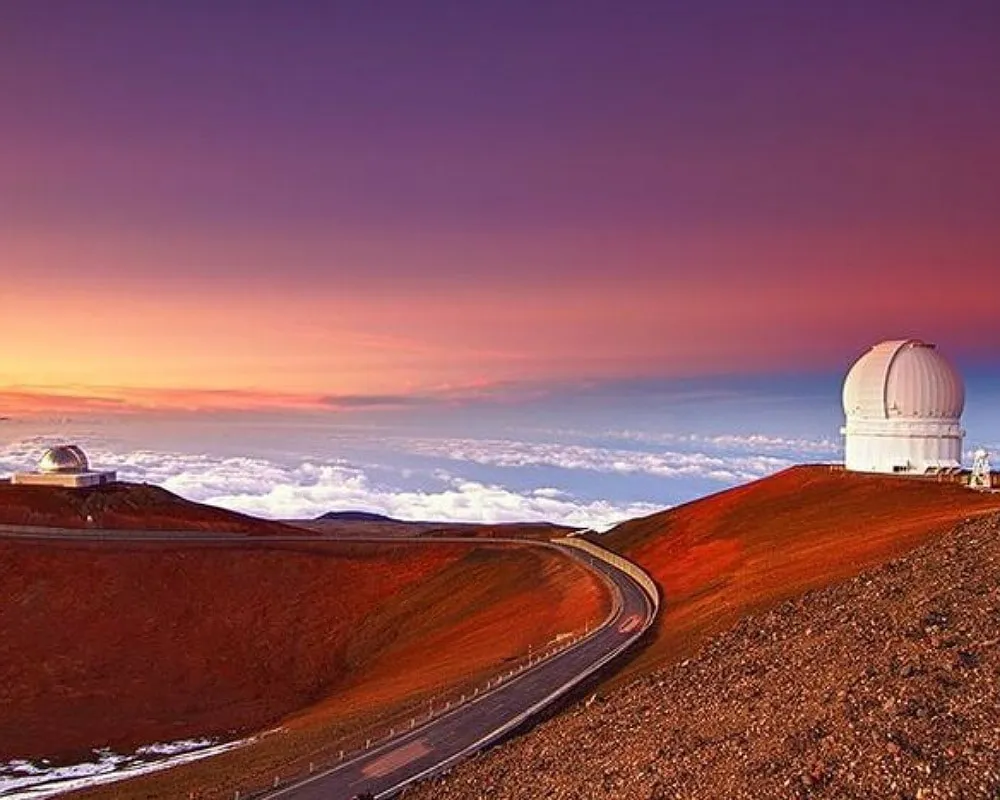
The peak, which stands at 13,796 ft (4,205 m) above sea level, also houses the world’s most significant observatory for optical, infrared, and submillimeter astronomy. But what makes Mauna Kea truly unique is its total height – at 33,500 ft (10,210 meters), it is 4000 ft (1,200 m) taller than Mount Everest!
Hawaii Is Home To Both The Hottest And Coldest Temperature Records
The Big Island in Hawaii is no stranger to extreme temperatures, as it holds the record for both the highest and lowest recorded temperatures in the state. In 1931, Pahala saw a sweltering 100 degrees Fahrenheit, while a chilly 12 degrees Fahrenheit was recorded near the summit of Mauna Kea in 1979.
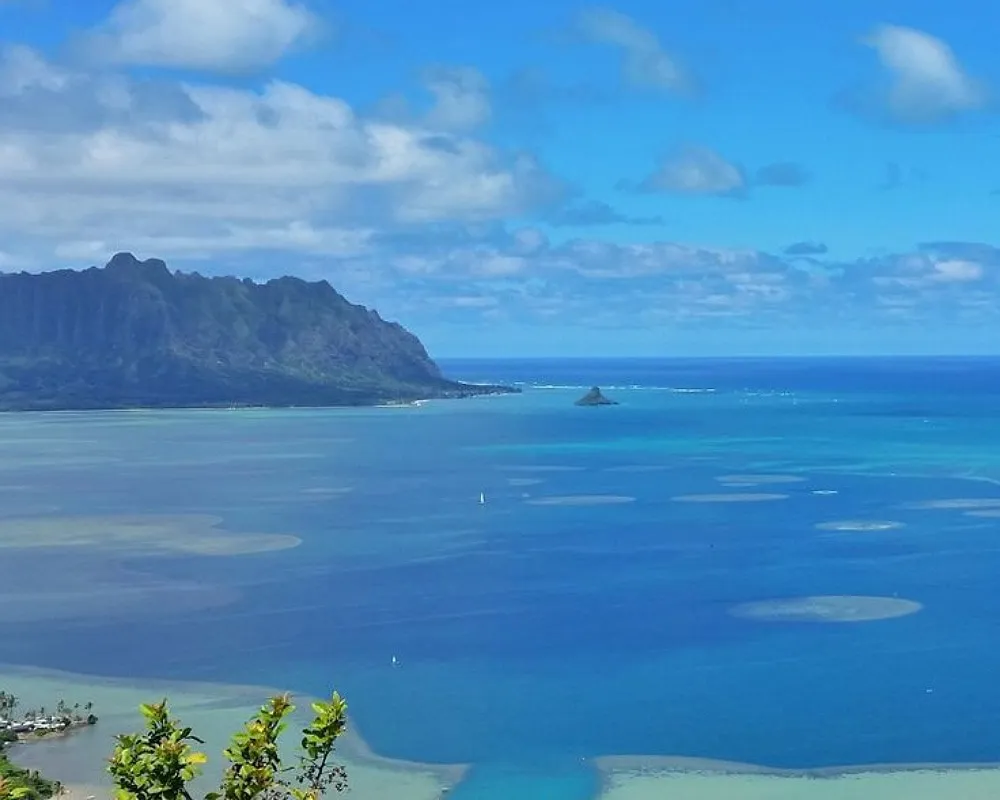
The Big Island’s diverse landscapes contribute to its unique weather patterns.
Oahu Has The Largest Pineapple In The World
The island of Oahu boasts an impressive pineapple maze consisting of over 14,000 intricately arranged Hawaiian plants. It’s a top tourist destination and definitely worth a visit.
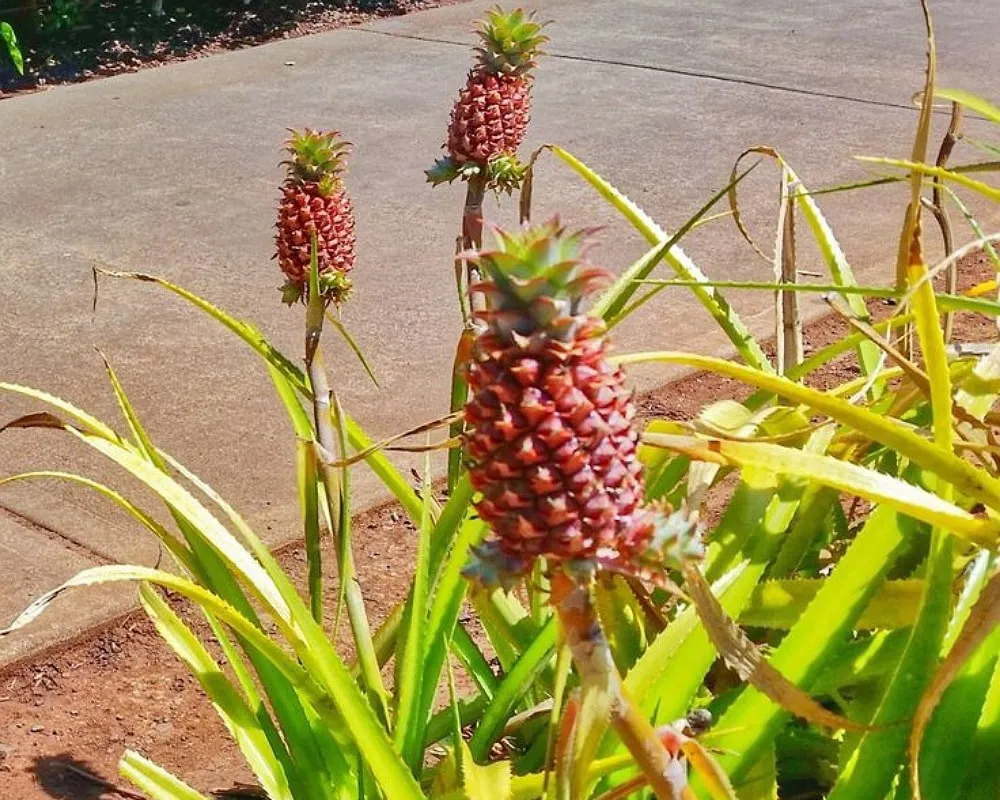
The sprawling maze spans three acres and features a surprise at the center, as well as eight secret stations for those who want to uncover them.
Hawaii Is Wider Than Texas, But Not Bigger In Landmass
Hawaii is a wide state that stretches over 1,500 miles from Niihau to the Big Island, making it one of the largest states in the U.S., right behind Alaska. Although it may not be as big as Alaska, when it comes to its width from east to west, Hawaii is the second widest state in the U.S., after Alaska. In fact, it’s more than twice the width of Texas!
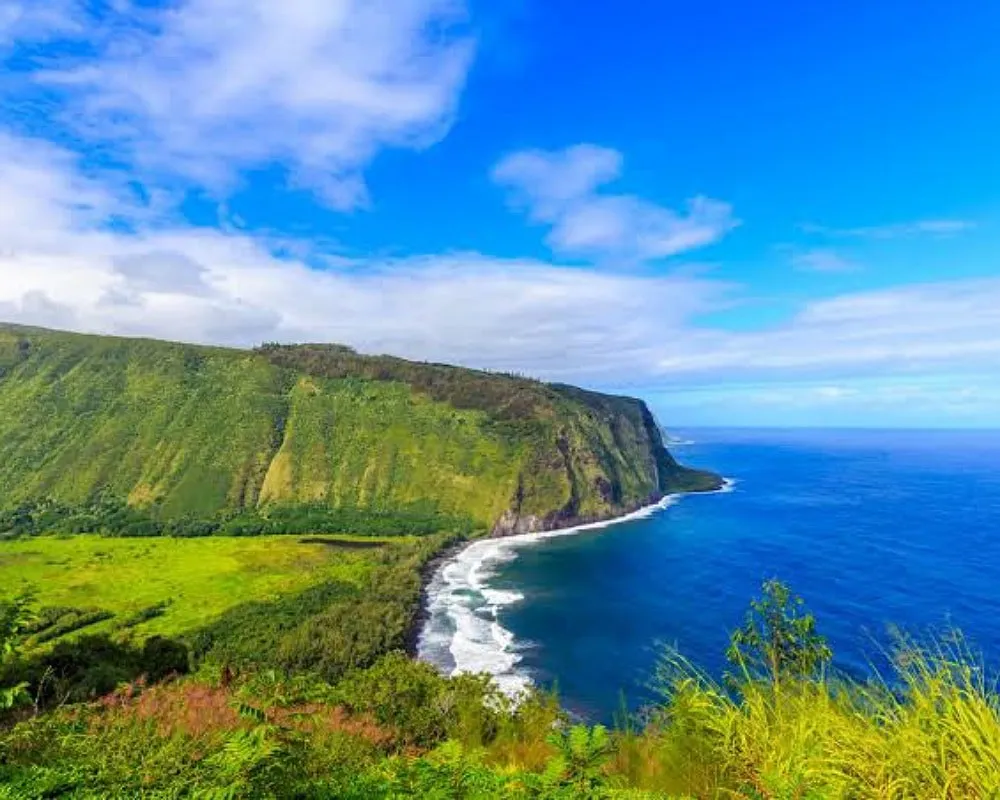
To put it in perspective, Texas is about 4,000% larger than Hawaii in terms of land area. Nonetheless, Hawaii’s vastness and diversity of islands and landscapes make it an exceptional travel destination.
Hawaii Was Named After The Earl Of Sandwich In Its Early Days
Hawaii’s name originates from the Proto-Polynesian language, meaning “Place of the Gods” or “Country.” In 1778, Captain James Cook was the first European to visit the Hawaiian Islands, and he named them the “Sandwich Islands” after the Earl of Sandwich.
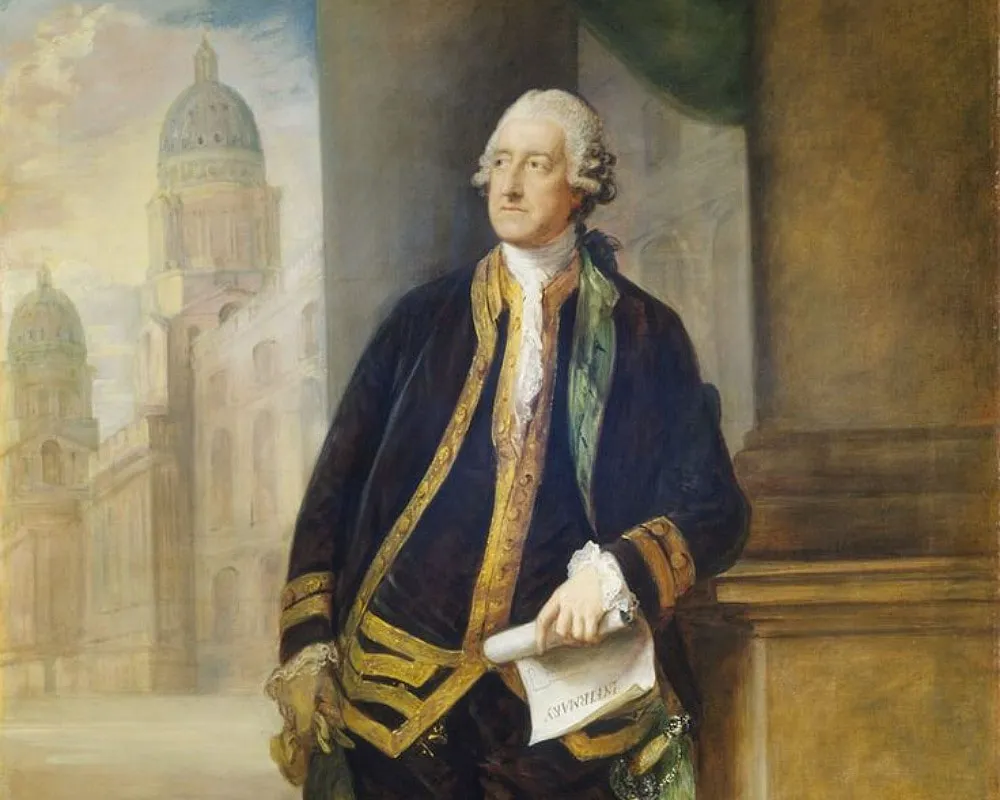
This name was used until King Kamehameha I united the islands under his rule in 1819, and the kingdom was then named “Kingdom of Hawaii.”
A New Hawaiian Island Is Emerging
Scientists have observed the formation of a new island in Hawaii, which will be named Loihi. This island is gradually forming due to the periodic eruptions of an underwater volcano, and it will continue to grow until it eventually breaks the ocean’s surface.
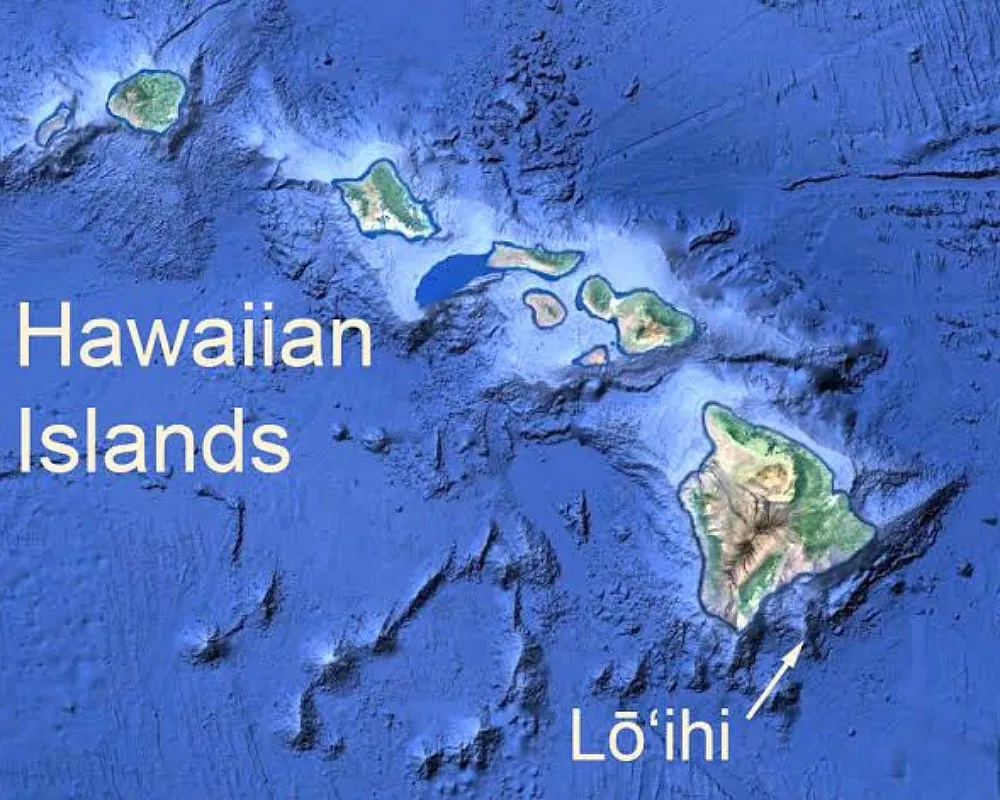
Currently located around 20 miles off the southern coast of the Big Island, Loihi still has a long way to go – it is estimated to be one to three miles below the ocean surface. It may take several millennia before Loihi fully emerges as a new island, but – when it does – it will become Hawaii’s youngest island.
The Hawaiian Alphabet Dates Back To The Early Nineteenth Century
The Hawaiian alphabet is a fascinating writing system developed by missionaries in the early 1800s to create a written language for the Hawaiian people. The primary objective was to publish a Bible in the Hawaiian language. Unlike the English alphabet, the Hawaiian alphabet has only 12 letters: H, K, L, M, N, P, and W. It comprises five vowels and seven consonants unique to the Hawaiian language.
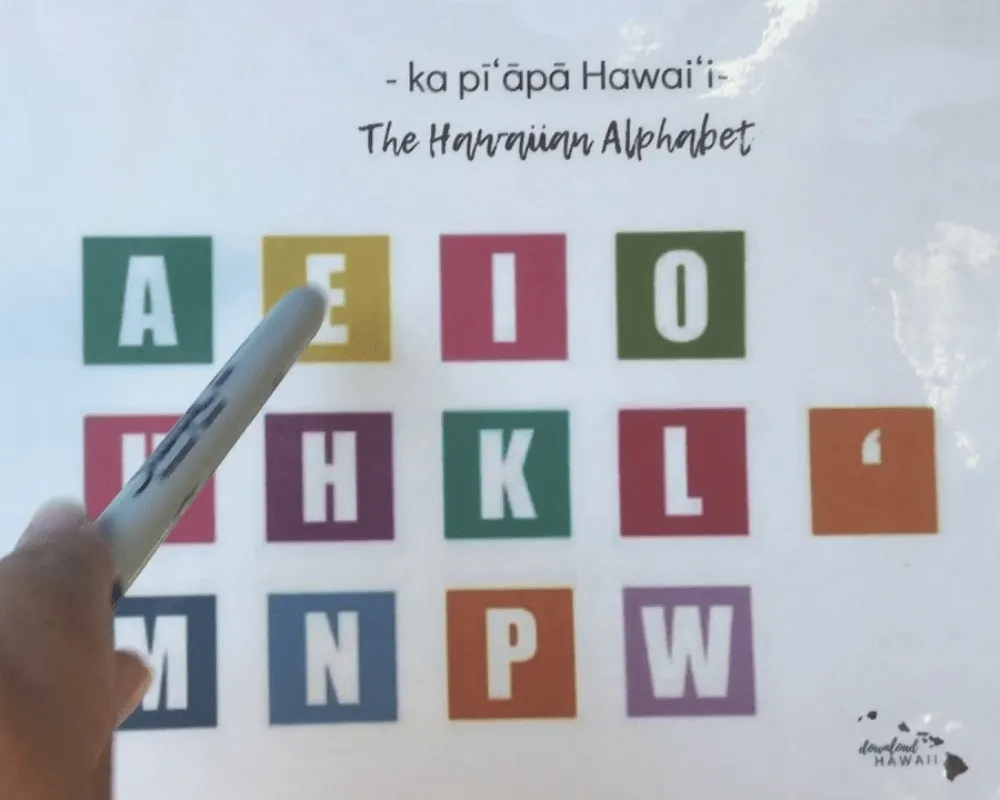
Another intriguing aspect of this alphabet is the “okina” symbol, which serves as a glottal stop and also happens to be the only letter in the alphabet that starts with the sound “okina.” In Hawaiian, all words end with one of five vowels, making it a distinctive and easily recognizable language.
Hawai Has Its Own Time Zone
Hawaii has a unique time zone, and there’s a pretty good explanation for it. Located more than 2,400 miles from the U.S. mainland, Hawaii has the most isolated population globally.
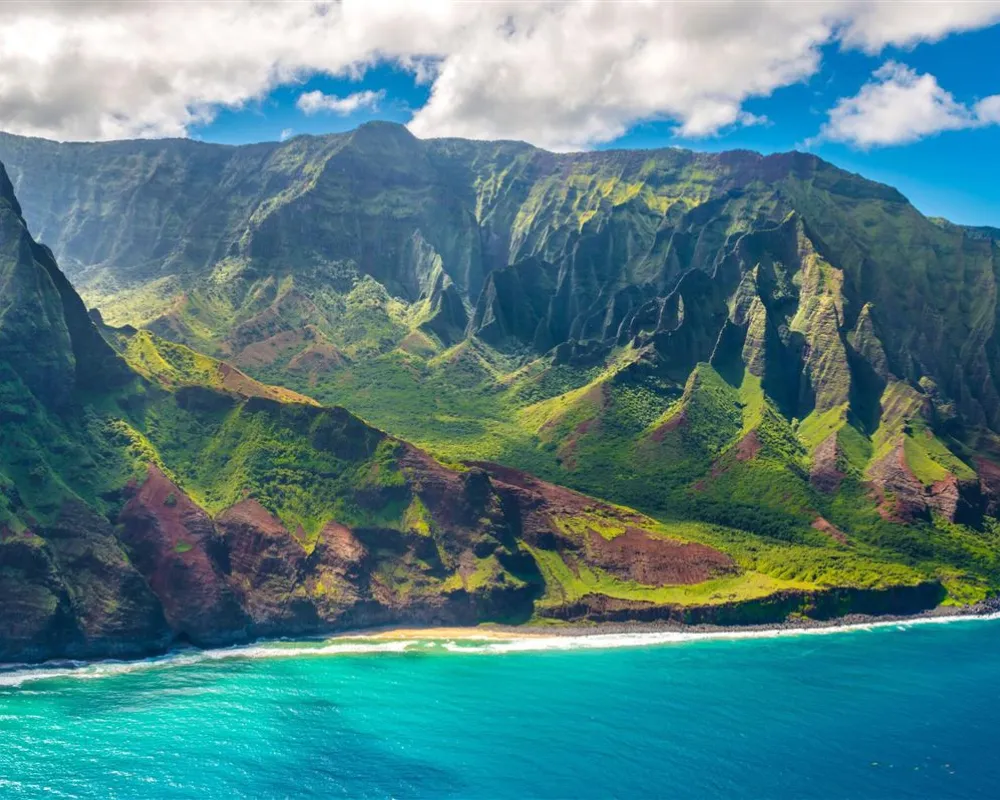
This prompted the creation of Hawaii Standard Time to keep the islands on a distinct time schedule. As a result, Hawaii is three hours behind the Pacific Time Zone.
Pua Mao Hau Hele (Or Yellow Hibiscus) Is Hawaii's National Flower
Hawaii is famous for its vibrant and colorful hibiscus flowers that seem to bloom everywhere on the islands. But did you know that it was only in the 1920s that Hawaii adopted the Hibiscus as its national flower?
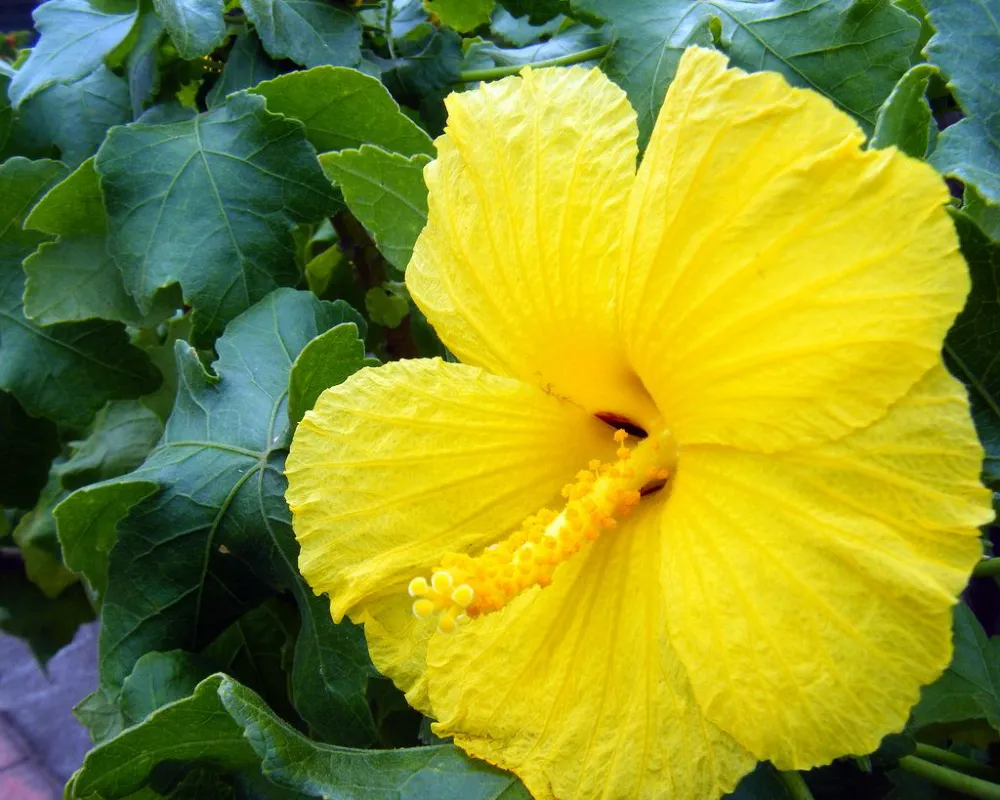
Interestingly, it wasn’t until 1988 that they chose the color of their national flower – yellow. So if you come across old postcards from Hawaii with red hibiscus flowers, don’t be surprised. Nonetheless, we believe that the state made a great choice with the yellow hibiscus as its national flower. It’s a beautiful and bright symbol of the Aloha State!
The Hawaiian Goose, Nene
The Hawaiian state bird is the nene, also known as Branta sandwicensis. It gained its official status on May 7, 1957. This bird can only be found on three of Hawaii’s 137 islands: Mau’i, Kaua’i, and Hawai’i.
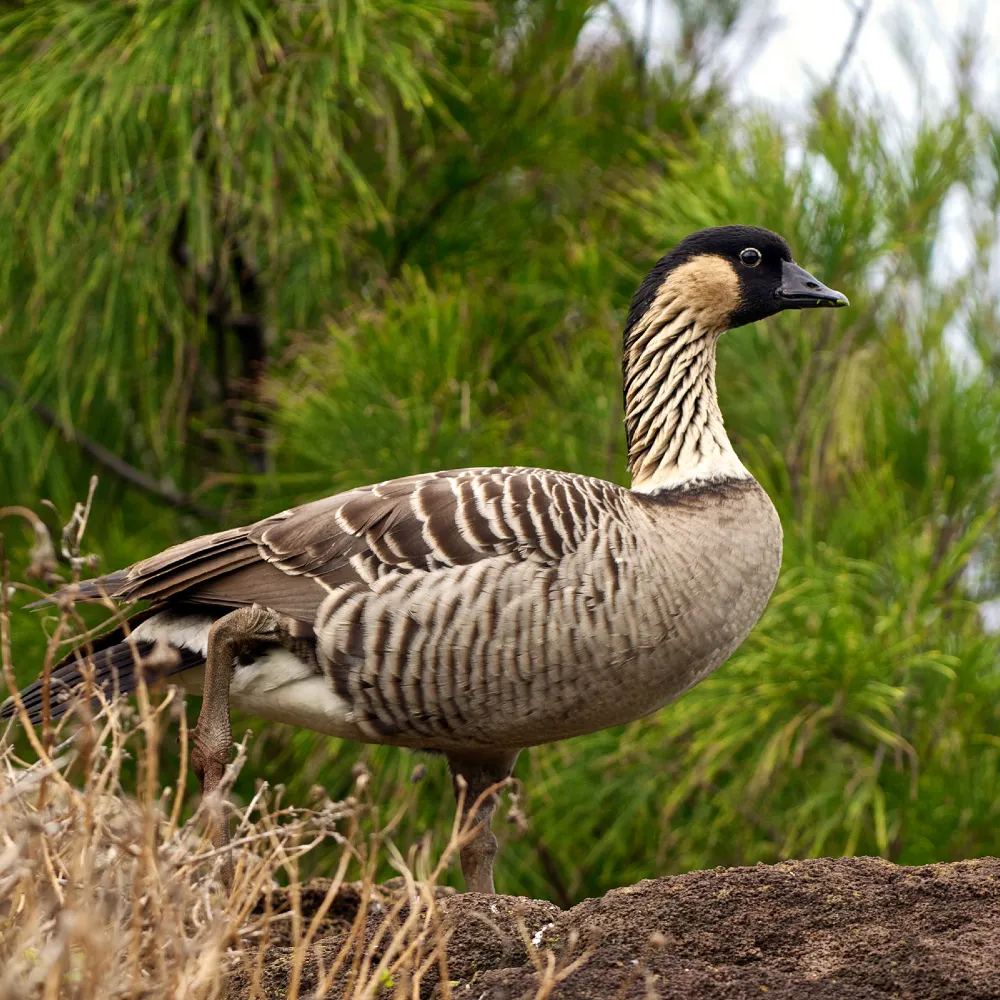
In the 1950s, the nene almost became extinct, as only 30 birds were left. However, the bird’s captivity breeding was successful, and the population grew to around 500 by the early 2000s.
West Of The Rocky Mountains, This Is The Oldest High School
Lahainaluna High School, located in Lahaina, Maui, is an educational institution with a long history. Founded in 1831 as a Protestant missionary school, it is the oldest of its kind in the Western United States. The school was the first to offer Western-style education, a significant milestone for Hawaii’s education system.
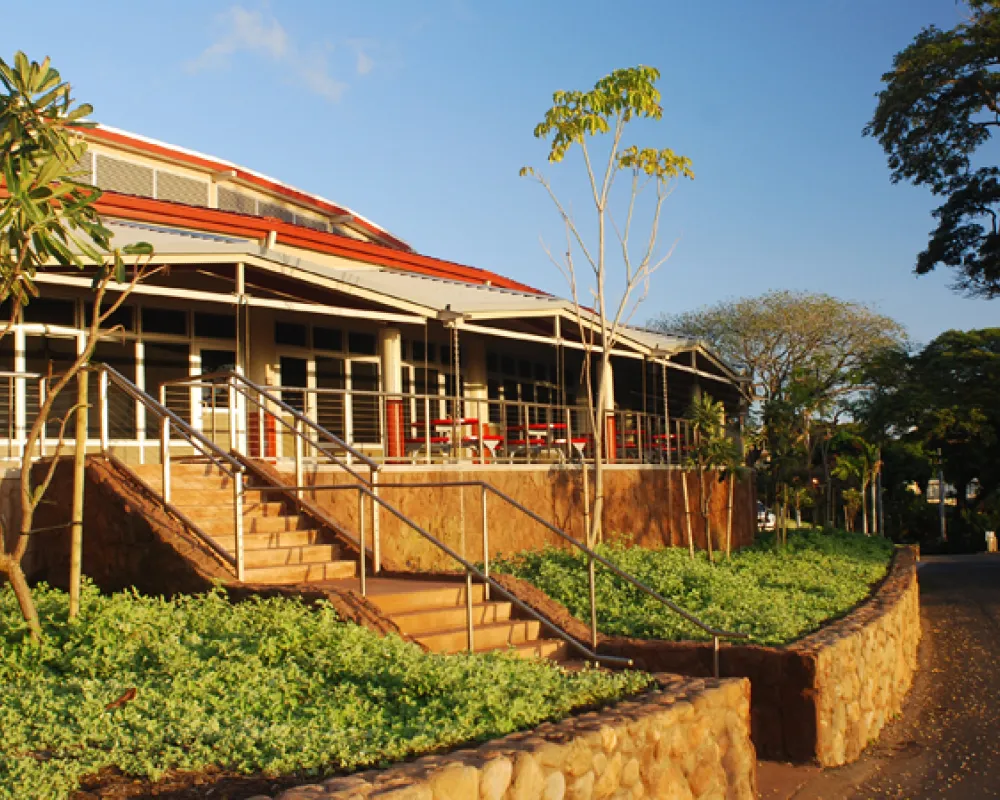
Nowadays, Lahainaluna High School has around 1,000 students attending every year, from 9th grade to 12th grade. It’s interesting to note that behind the school, there’s a cemetery where some teachers, students, and early pioneers are laid to rest.
South Point Complex
Did you know that Hawaii is home to the southernmost point in the United States? Yup, you read that right! The southernmost point, also known as Kae Lae (meaning “the point” in Hawaiian), is located at the southernmost tip of the Big Island of Hawaii. Officially referred to as the “South Point Complex,” this spot is not only breathtaking but also holds historical and cultural significance.
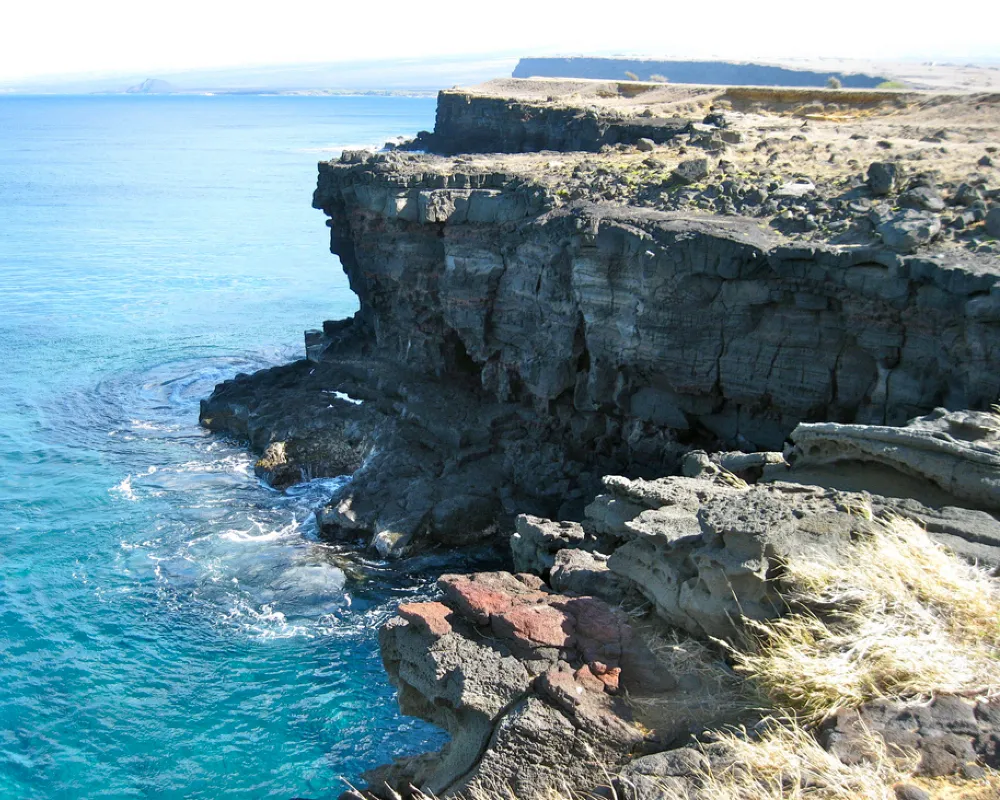
However, swimming in the waters surrounding this area is not recommended due to the strong ocean currents. So, next time you’re in Hawaii, be sure to check out this unique and beautiful location!
Hawaii Has The Oldest Church
The Cathedral Basilica of Our Lady of Peace is a historic Catholic church located in Honolulu, Hawaii. Established in 1843, it is considered the oldest Catholic church in the entire United States and has been in continuous operation since then.
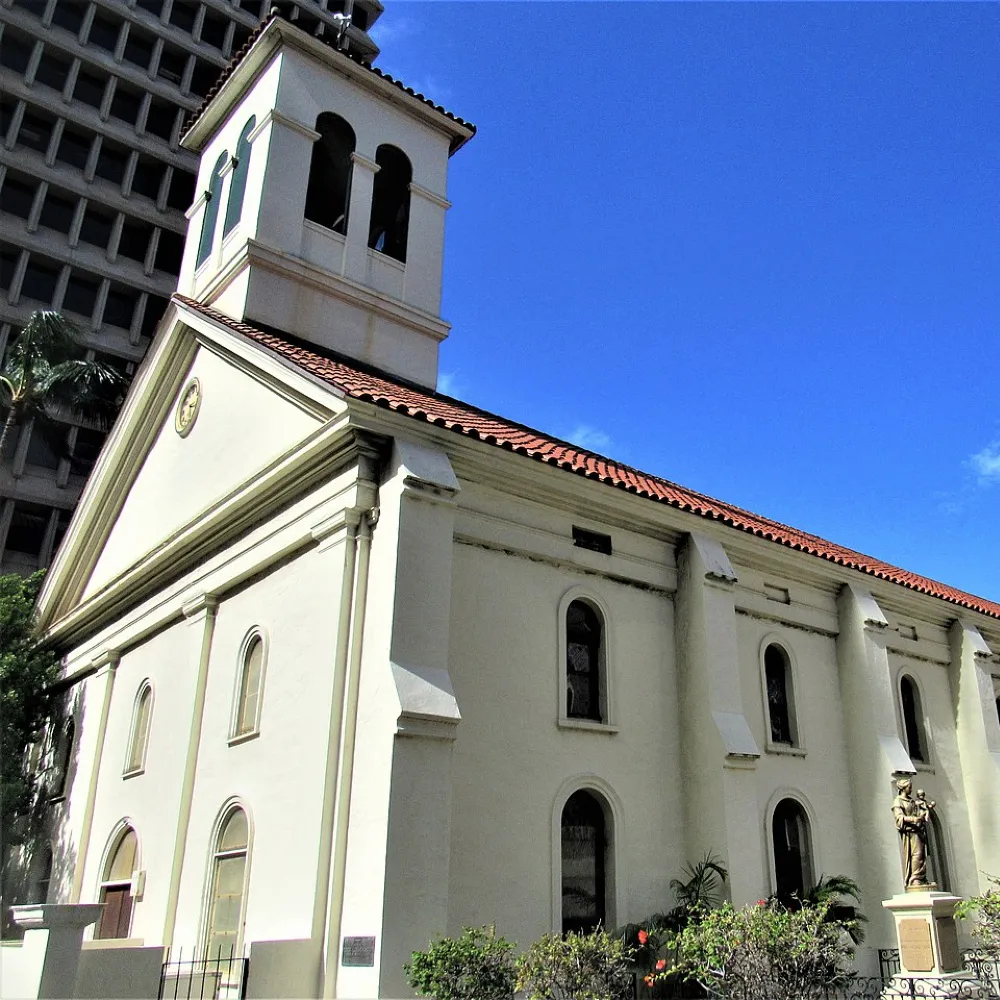
The construction of the church aimed to reconcile and heal the religious divides that had occurred during Hawaii’s missionary period. The church has two remarkable organs, one imported from France and the other from England, which adds to the beauty of the cathedral’s overall ambiance.
East Molokai Has The World's Highest Cliffs
East Molokai’s northern cliffs are a natural wonder, standing tall between 3,000 and 4,000 feet high. And, not only are they the tallest cliffs in the world, but they’re also considered some of the most beautiful.
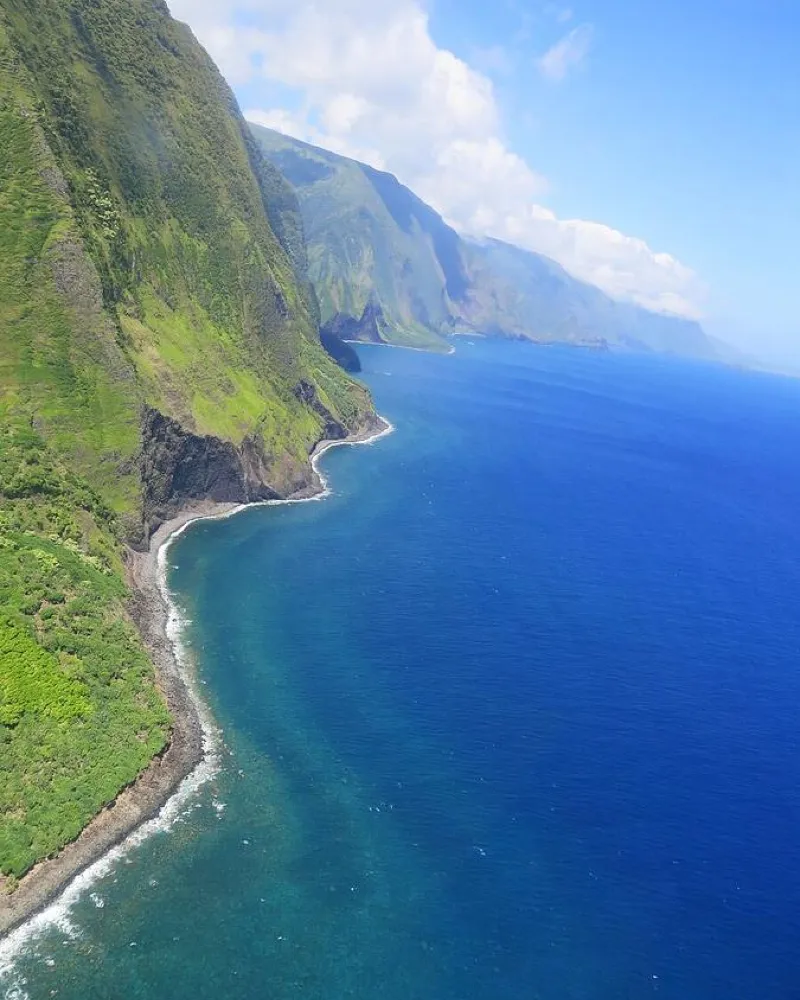
To truly appreciate their stunning beauty, one of the best ways to view them is from above, and there are regular helicopter tours offered for visitors. However, if you want to get even closer, kayaking around the cliffs is also an exciting option.
Famous American Aviator Charles Lindbergh Is Buried In Hawaii
Charles Lindbergh, one of America’s most famous aviators, fell in love with Kipahulu. Located in Maui (the second-largest island of Hawaii), Kipahulu is known for its natural beauty.
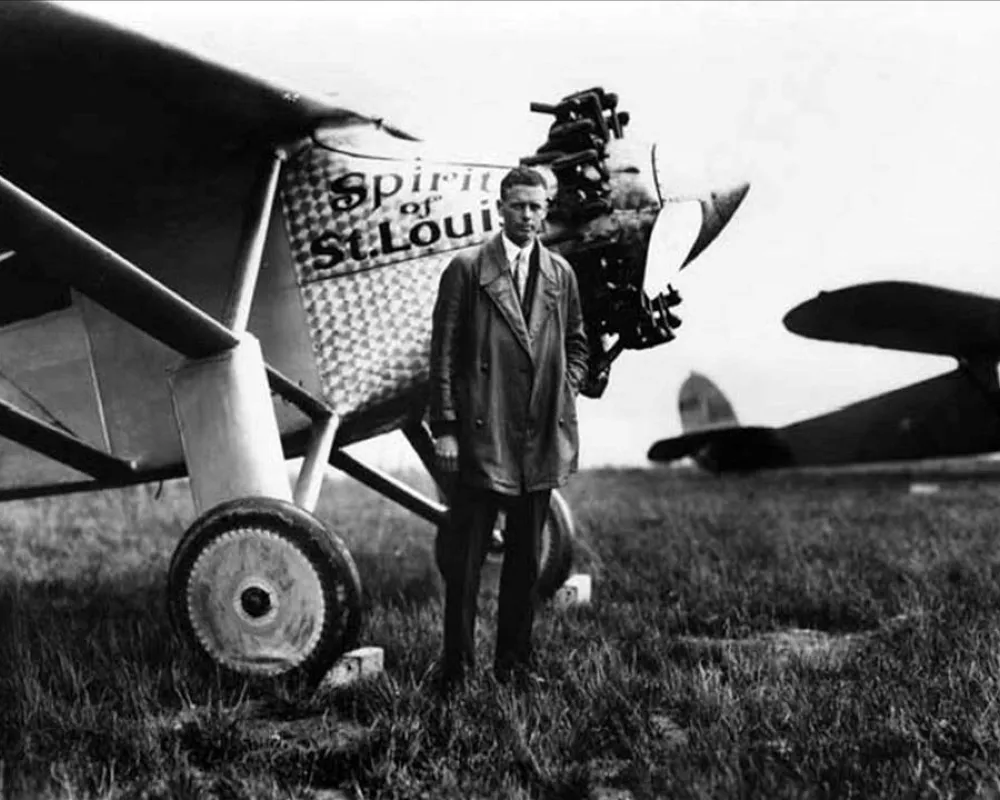
Lindbergh is best known for his historic solo nonstop transatlantic flight in 1927 from Long Island, New York, to Paris, France. He moved to Maui forty-one years later, seeking a simple and beautiful life. Lindbergh was buried in the Palapala Ho’omau Church on the island.
Famous Actress Nicole Kidman Was Born In Hawaii
Did you know that famous actress Nicole Kidman was actually born in Hawaii? Yes, that’s right! Honolulu, to be exact. Her parents were Australian and on a student visa in the United States when Kidman was born. For the first four years of her life, she lived in Hawaii, where her father was a graduate student at the University of Hawaiʻi at Mānoa, and her mother worked as a nursing instructor and editor.
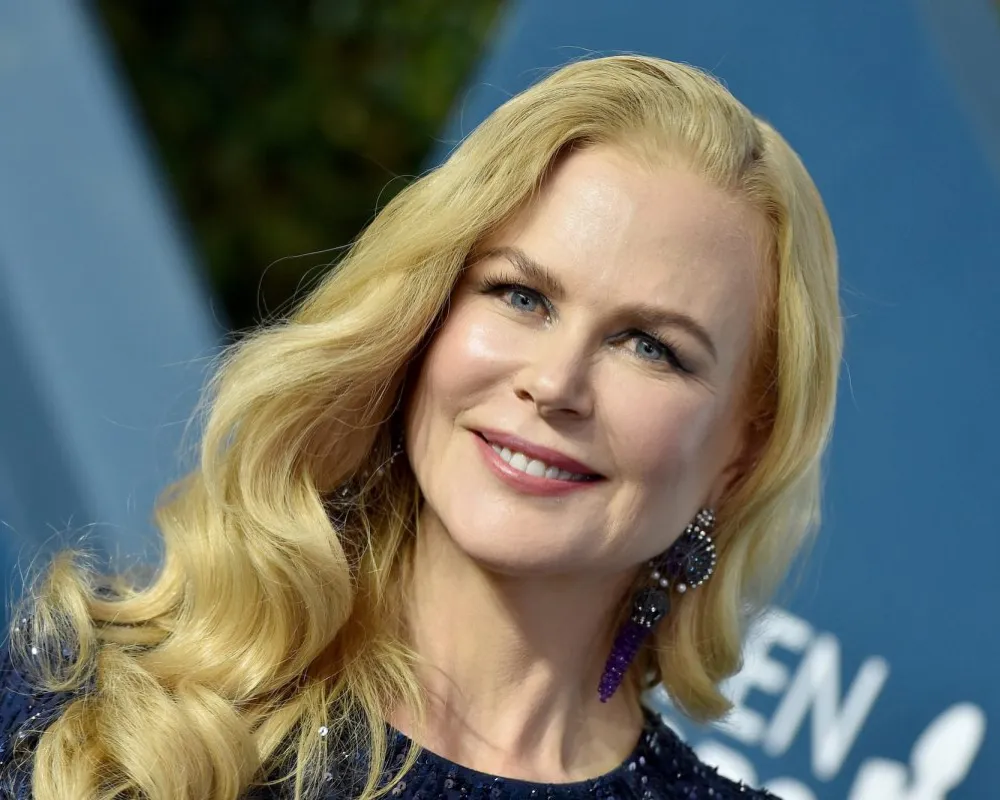
Despite spending only a short time on the island, Kidman has spoken fondly of her time in Hawaii and even named her production company “Blossom Films” after the street she grew up on in Sydney, which was named after a Honolulu hotel.
Hawaii Was The Filming Location For 'Jurassic Park'
Steven Spielberg, one of the most successful filmmakers of all time, had a tough decision to make when it came to choosing the location for his latest film. After considering the Dominican Republic and Costa Rica, he eventually settled on Hawaii, a place he was already familiar with. Specifically, the Kualoa Ranch, a massive 4,000-acre nature reserve and cattle ranch located around 24 miles from Honolulu became the set for the film.
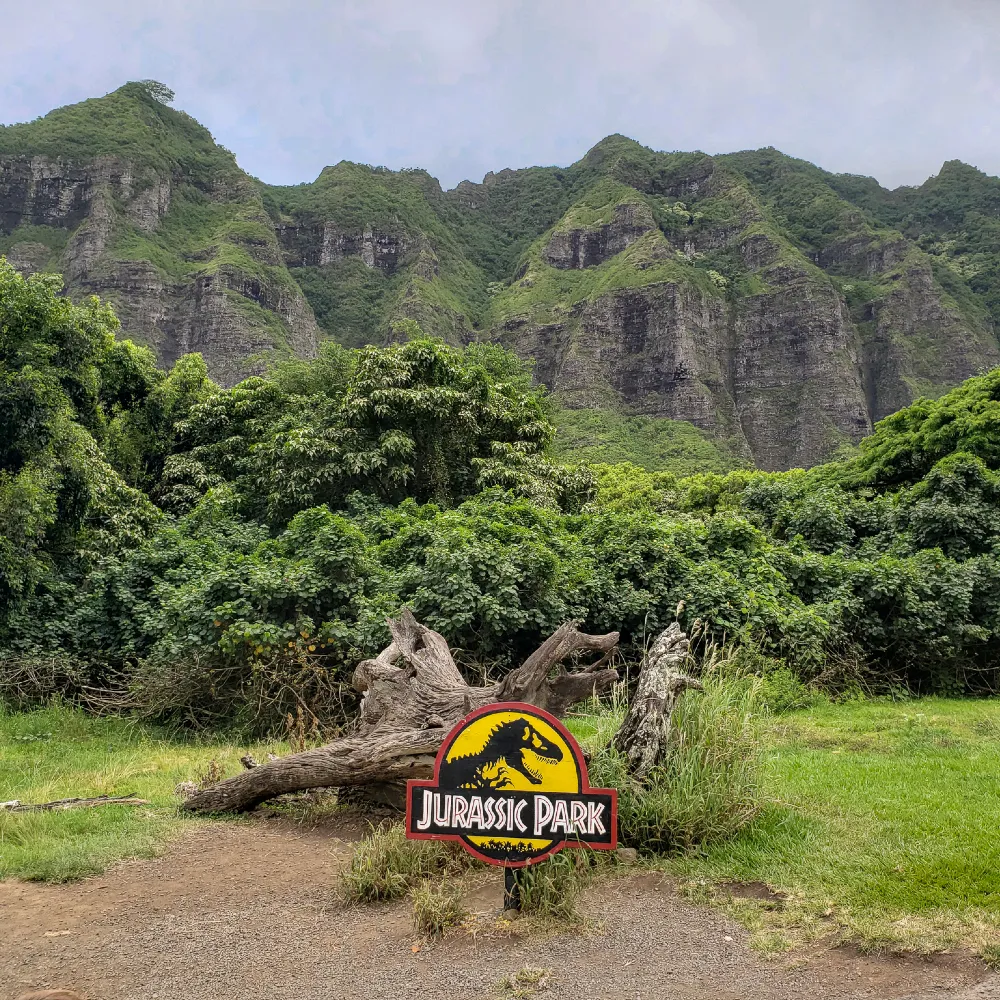
The ranch – open to tourists – offers a variety of fun activities, such as horseback riding and guided tours on buggies.
Black Coral Is The State's Gem
Each state in the United States takes pride in having its own special mineral, rock, stone, or gem. This is often done to attract visitors and promote economic development. However, Hawaii stands apart from the rest as the only state with a state gem that is not a mineral.
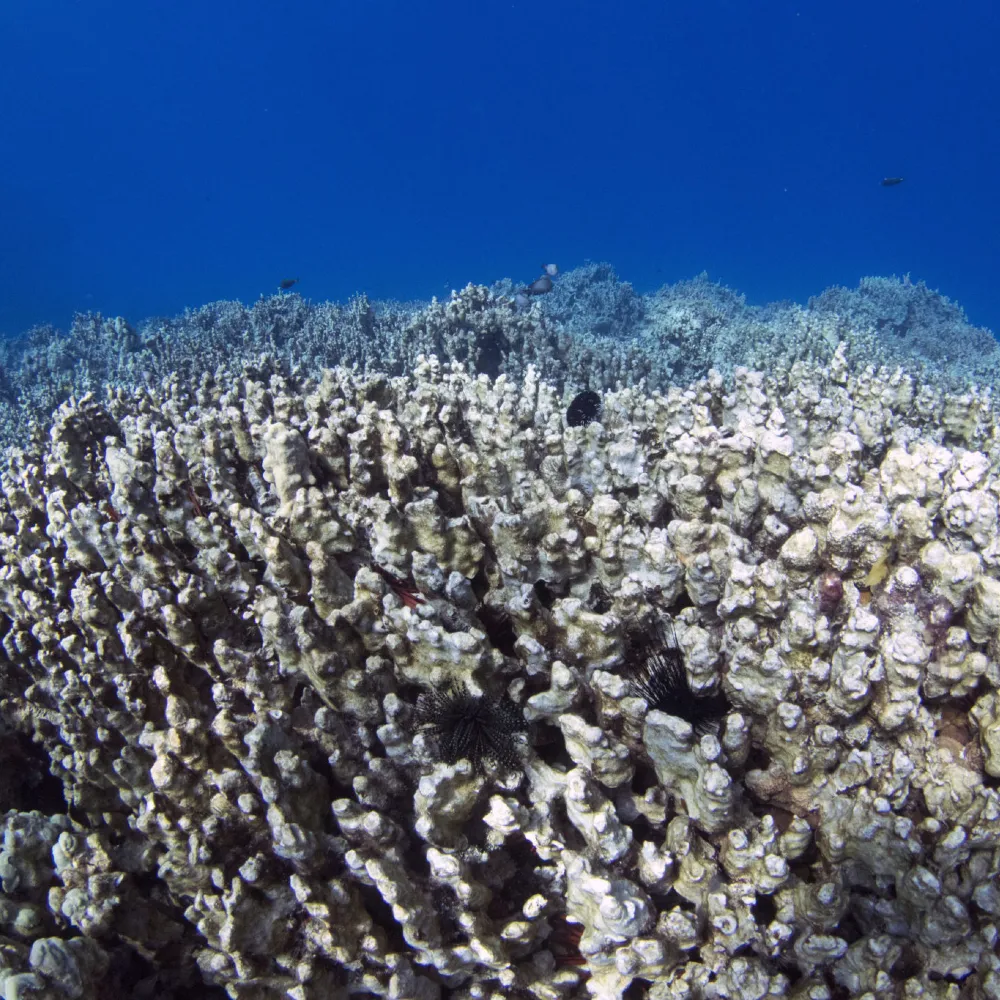
What could it be, you ask? Enter the black coral, an animal closely related to the sea anemone. Known for centuries for its perceived medicinal and charming properties, black coral is an integral part of Hawaii’s cultural heritage and natural beauty.
The Widest U.S. State Is Hawaii
Hawaii may be the widest state in the U.S. when measured from Niihau to the island of Hawaii, but that doesn’t necessarily mean it’s the largest in terms of landmass. In fact, Hawaii only covers an area of 6,423 square miles. While the state’s width is impressive, it’s actually smaller than states like Texas, Alaska, or California.
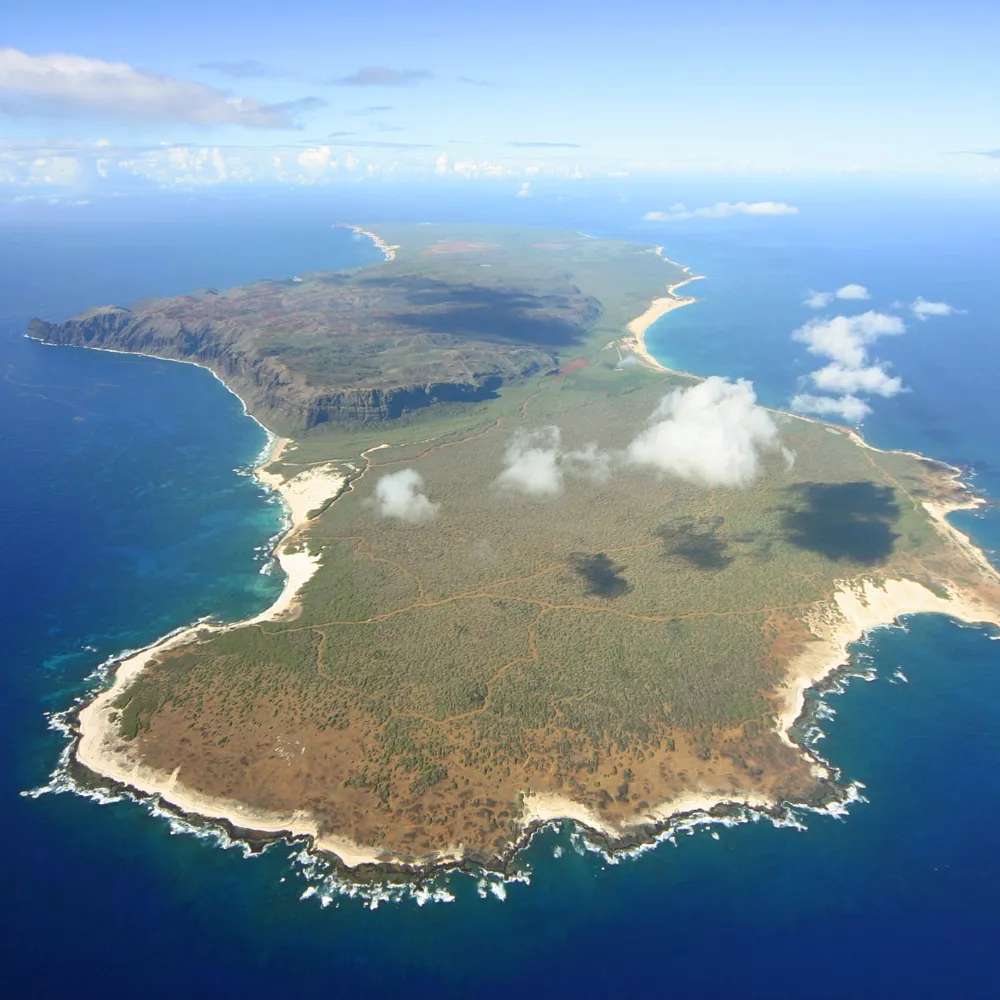
California is a whopping 24 times larger than Hawaii. So, while Hawaii’s distance may be vast, its size is not quite as significant as some other states in the U.S.
Hawaii Was The Last State To Join The Union
In 1959, Hawaii became the 50th state to join the United States of America, along with Alaska. Despite being a U.S. territory since 1898, Hawaii’s previous attempts to join the union had been rejected due to concerns over its historical connection to the U.S.
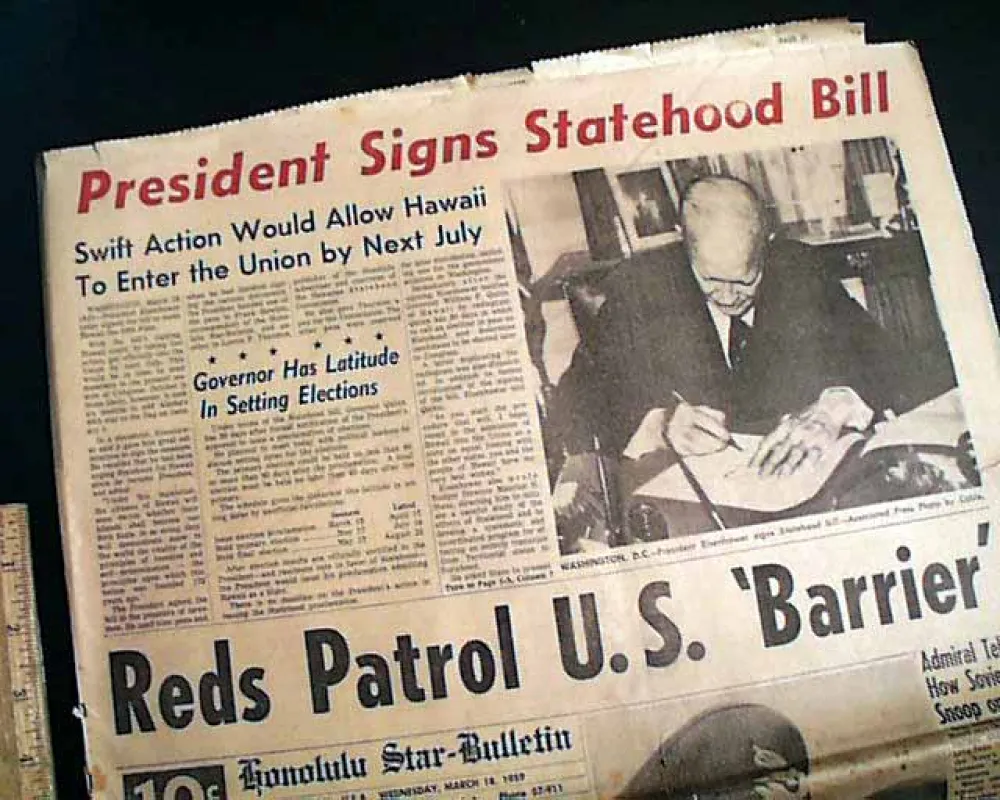
However, after a referendum on the issue, an overwhelming majority supported joining the union, and Hawaii finally achieved statehood.
